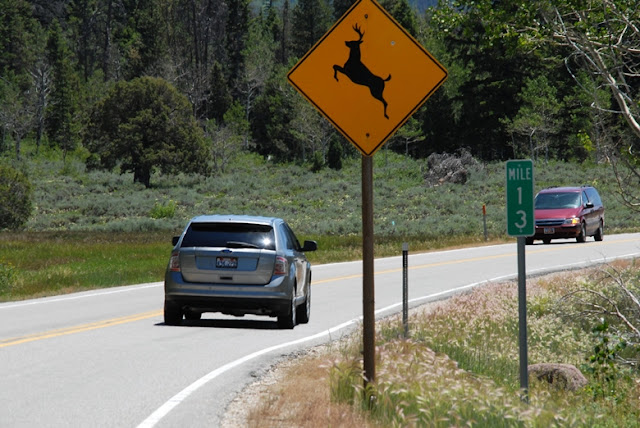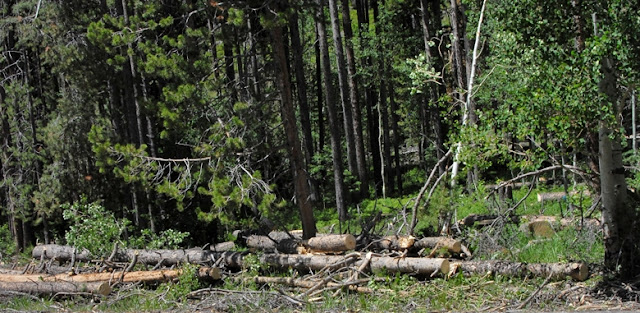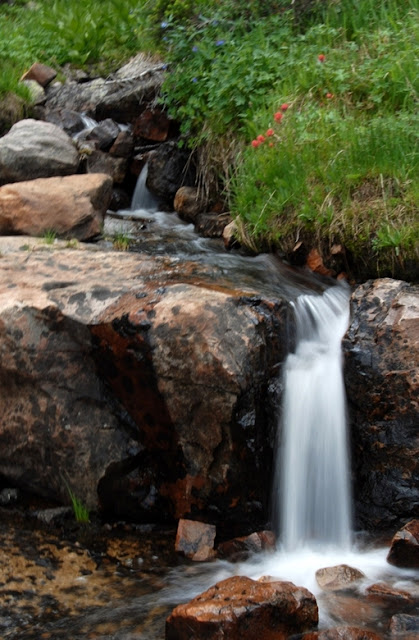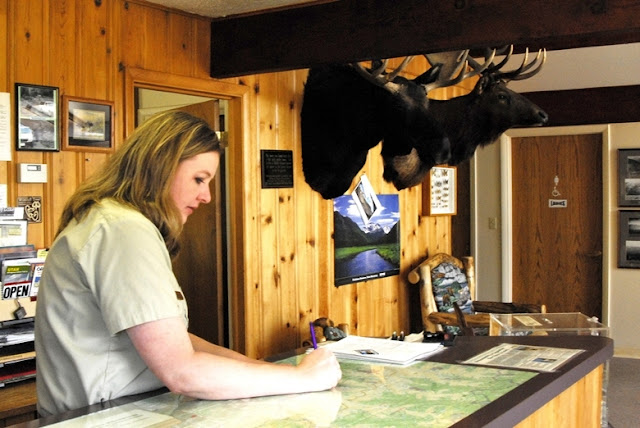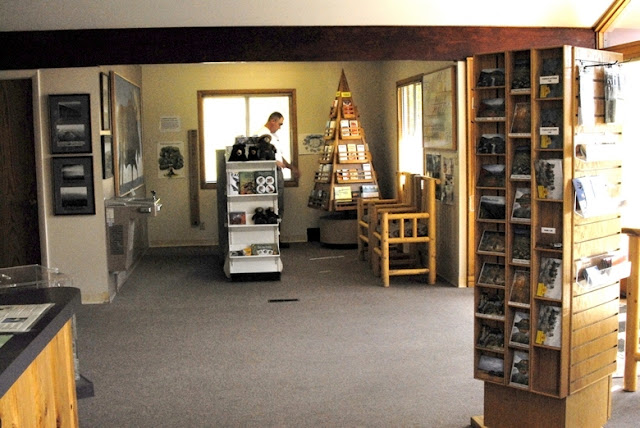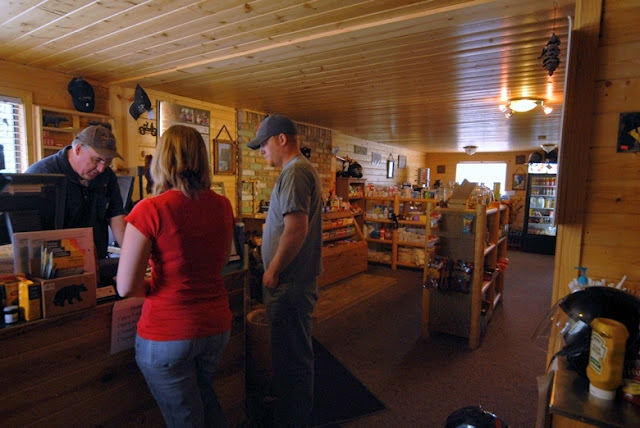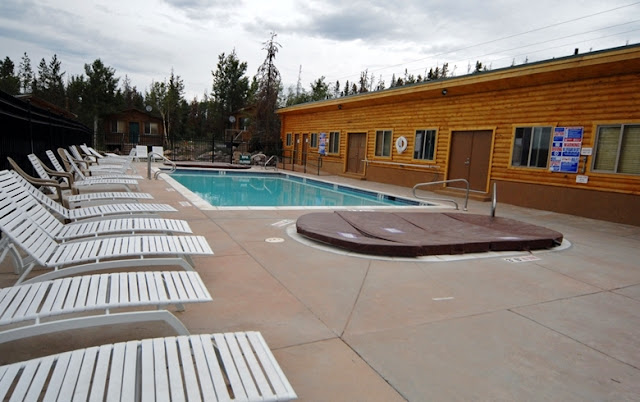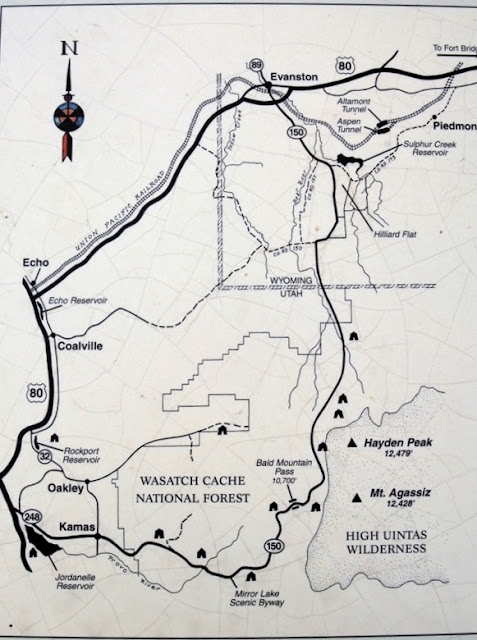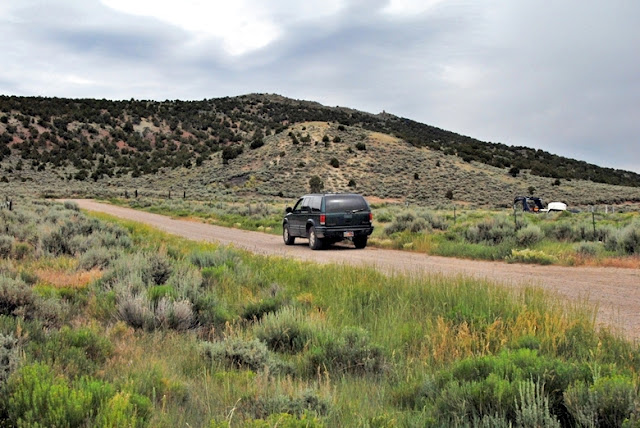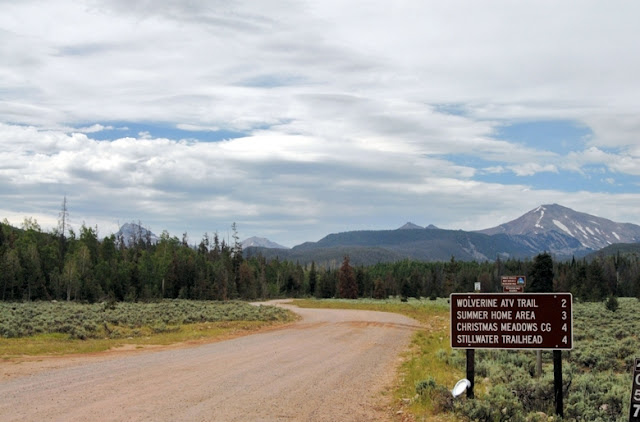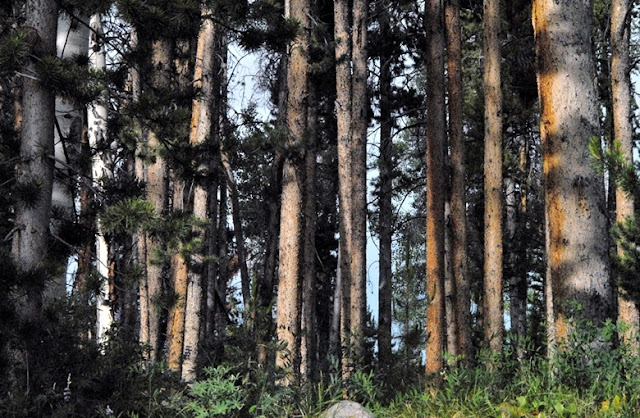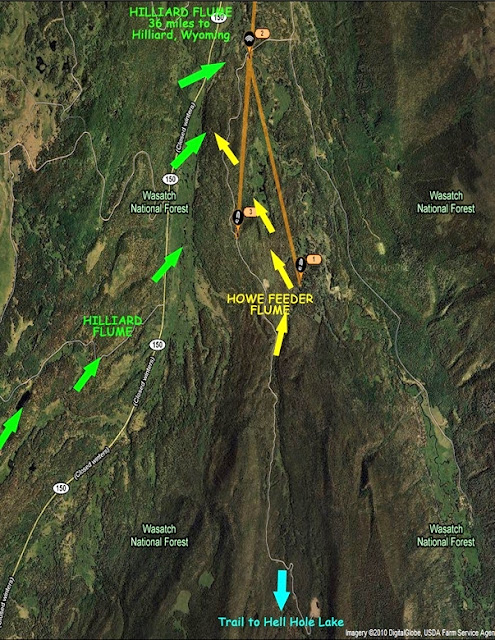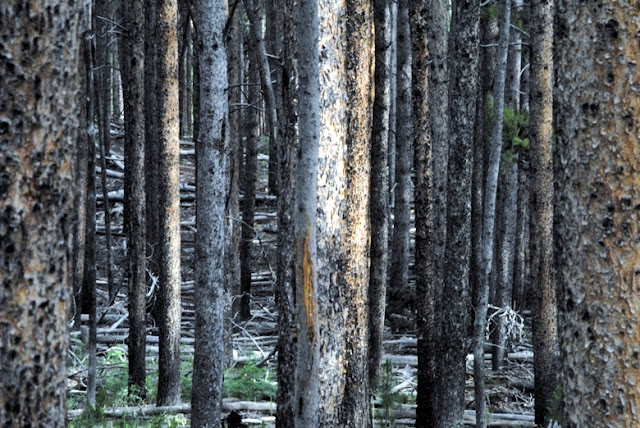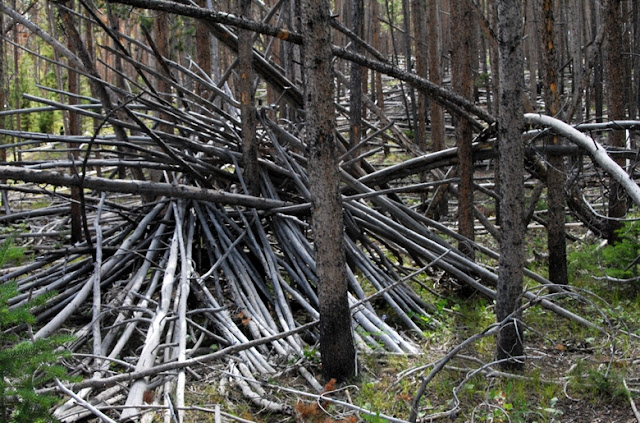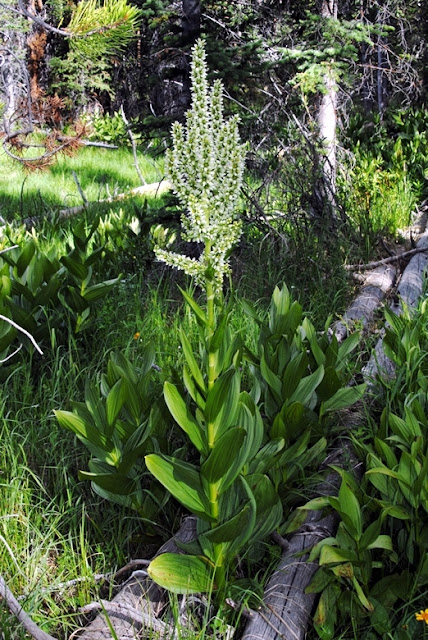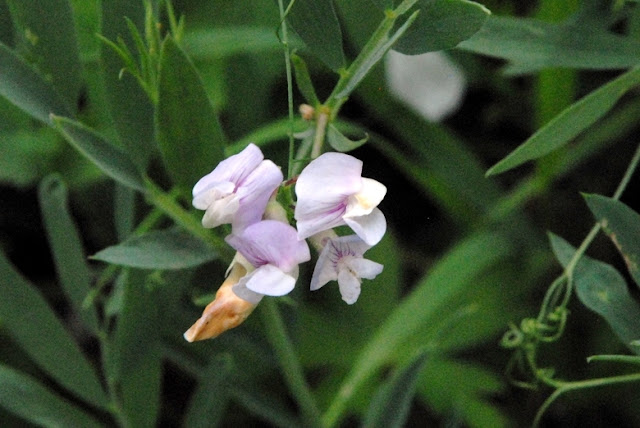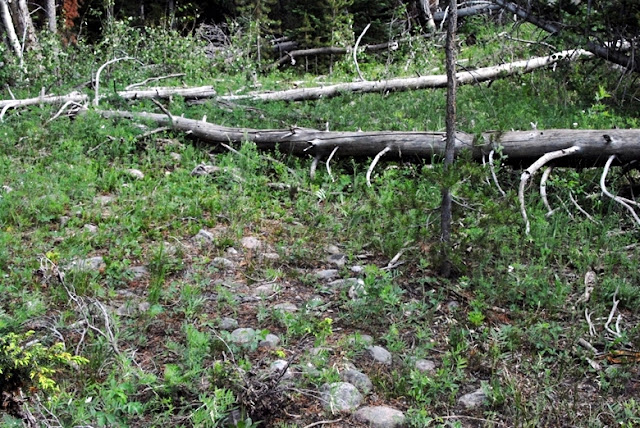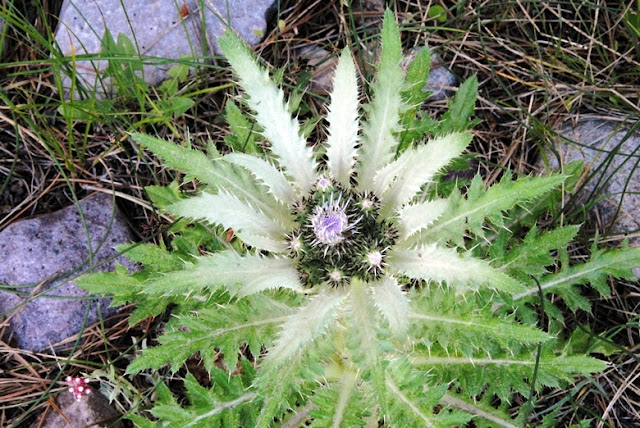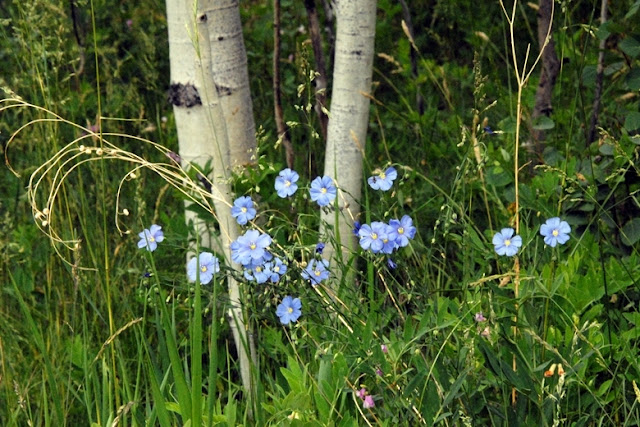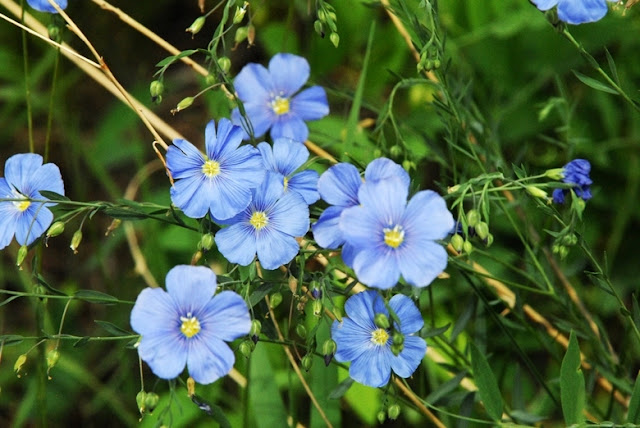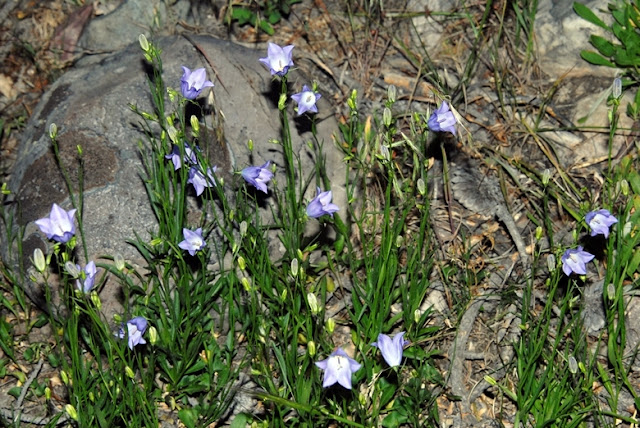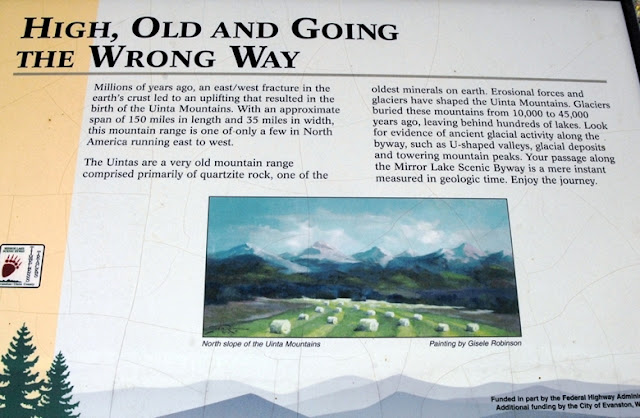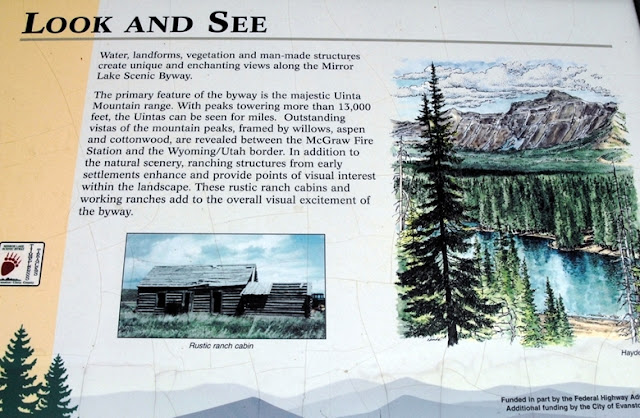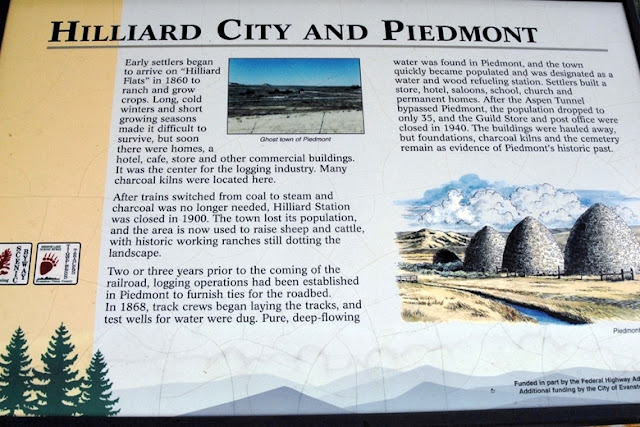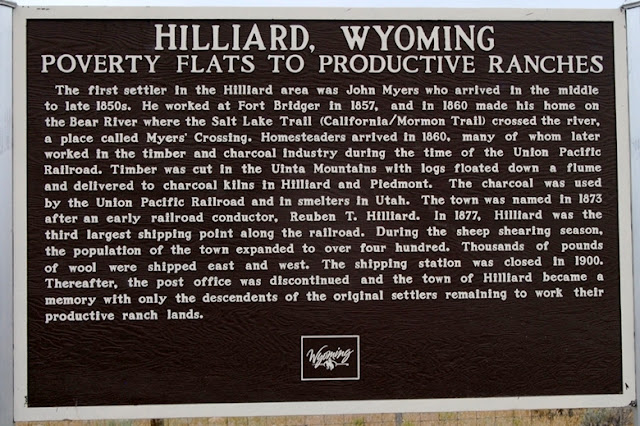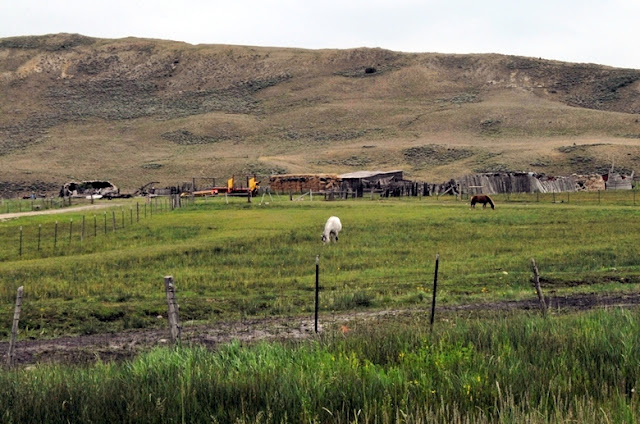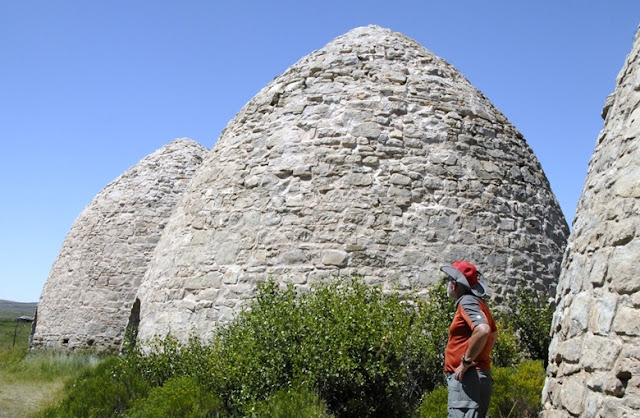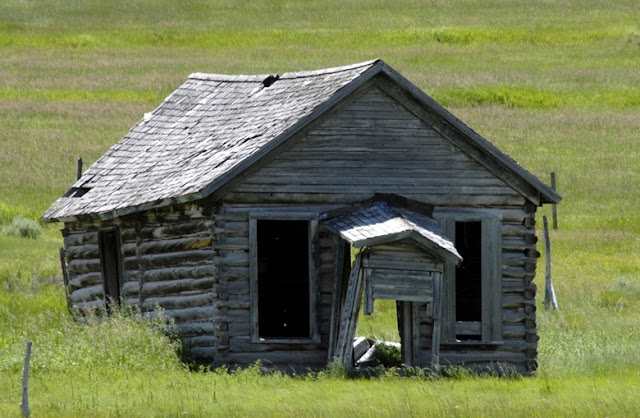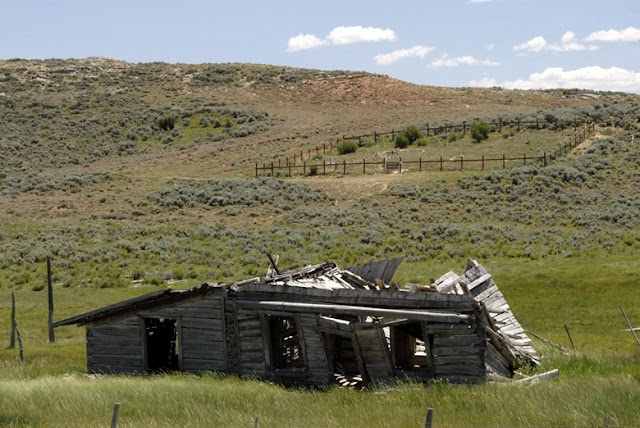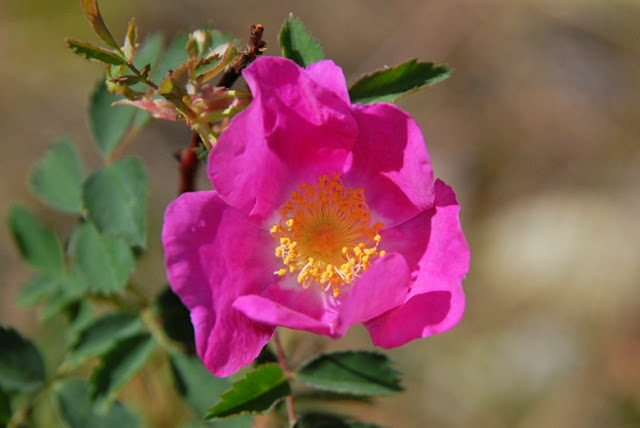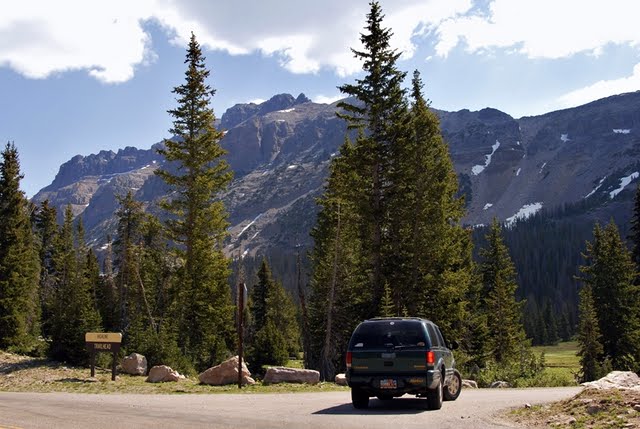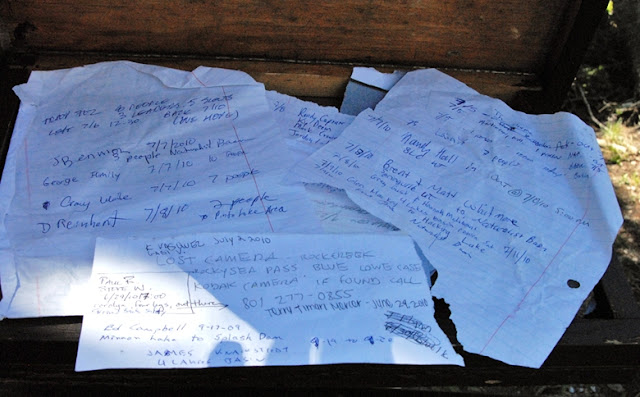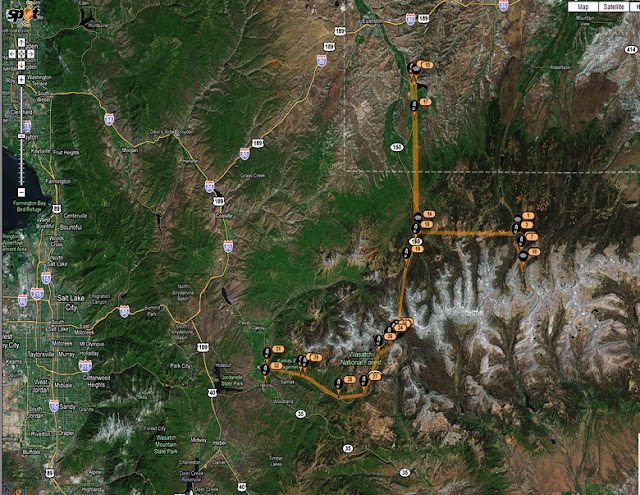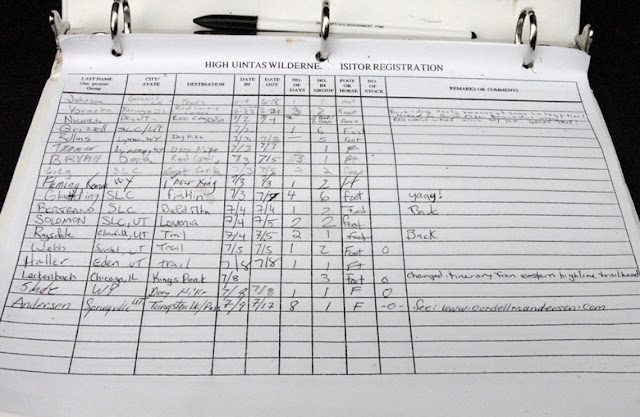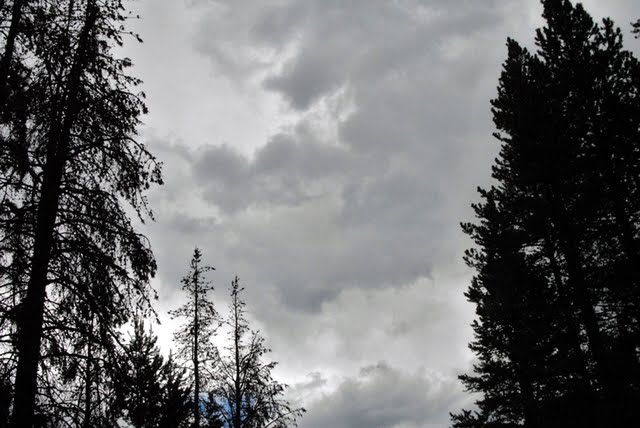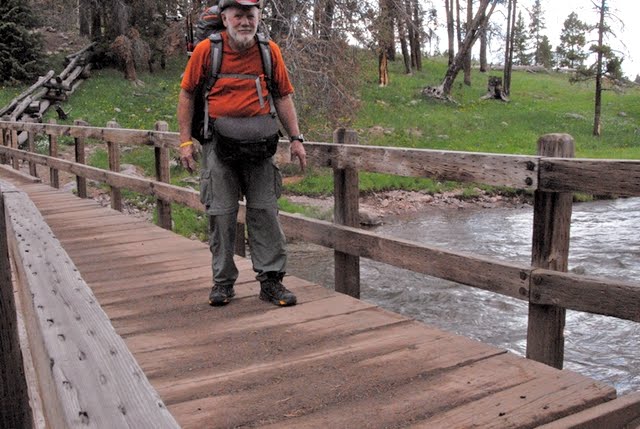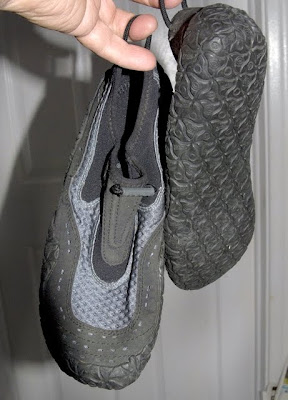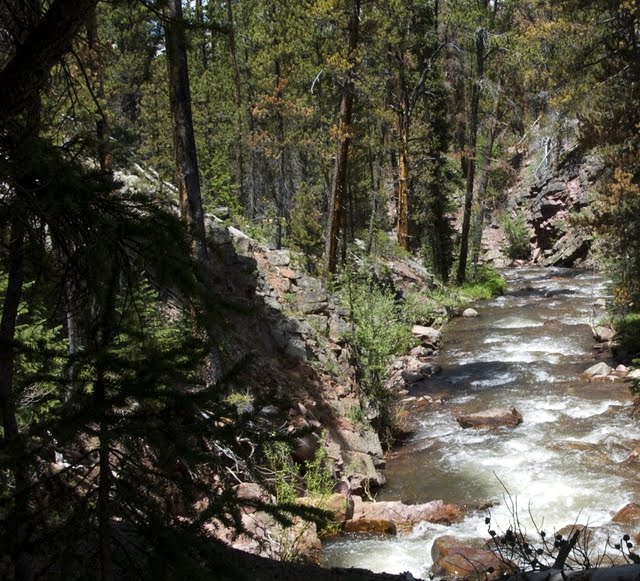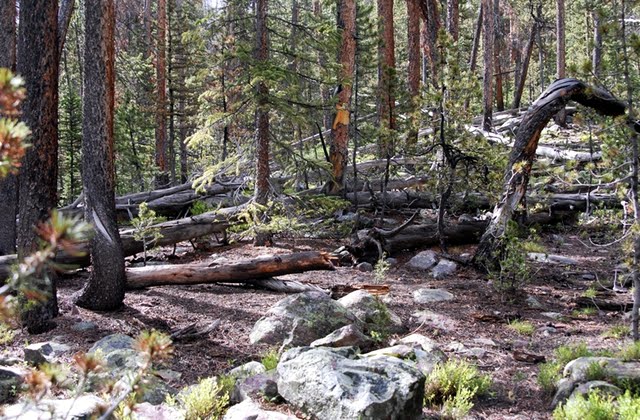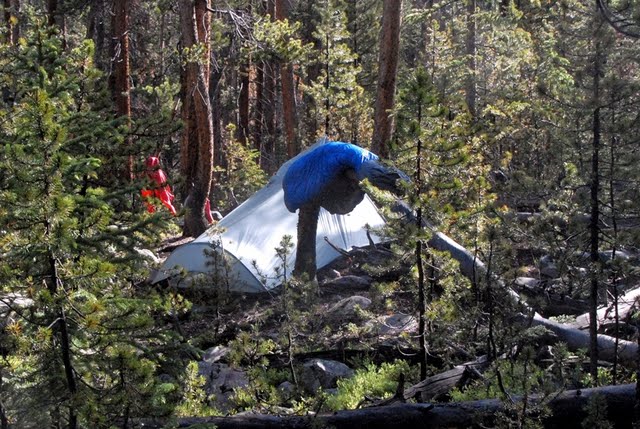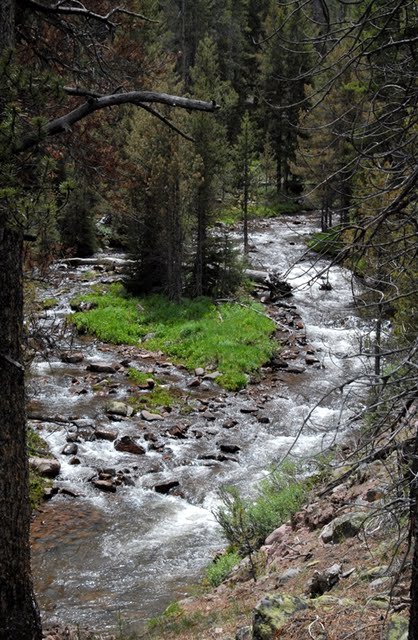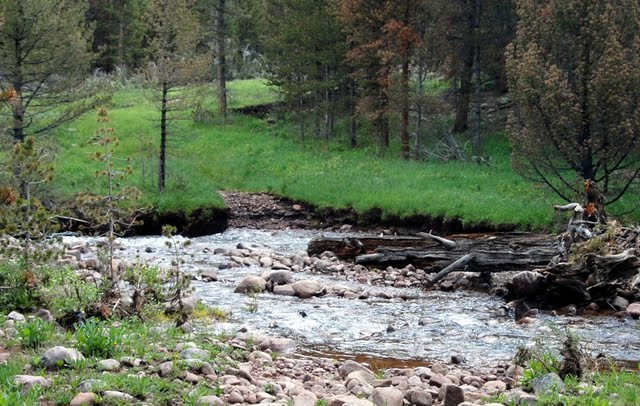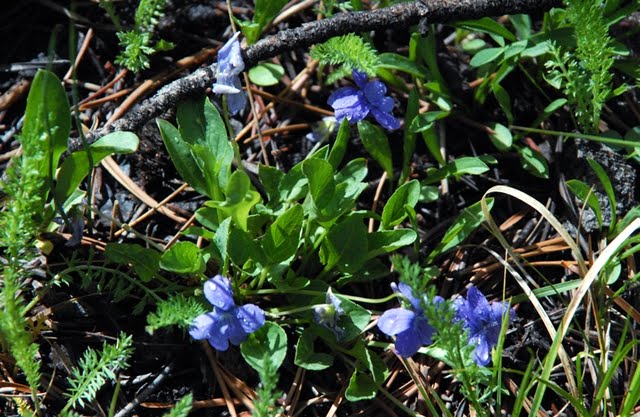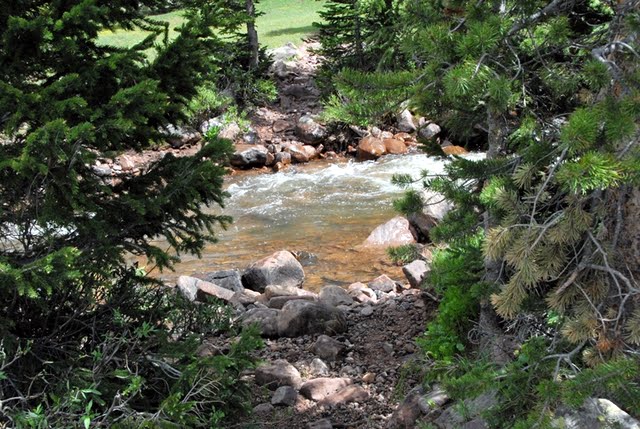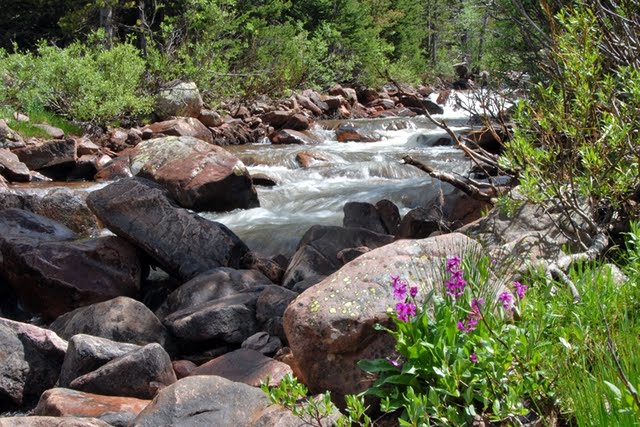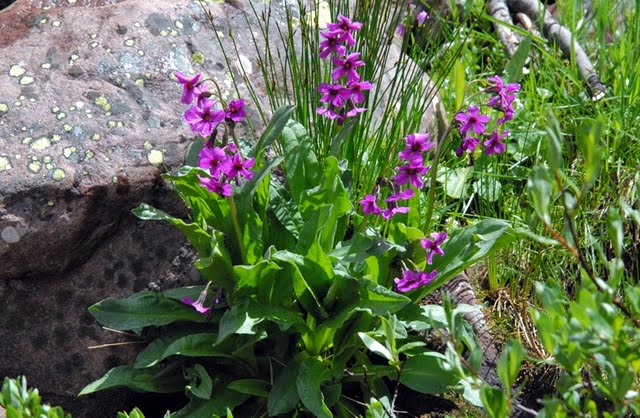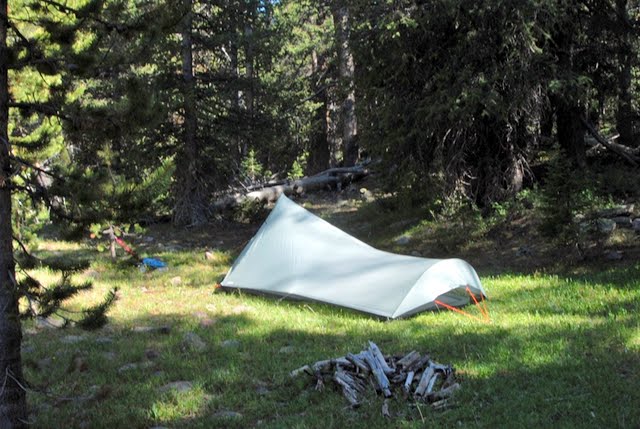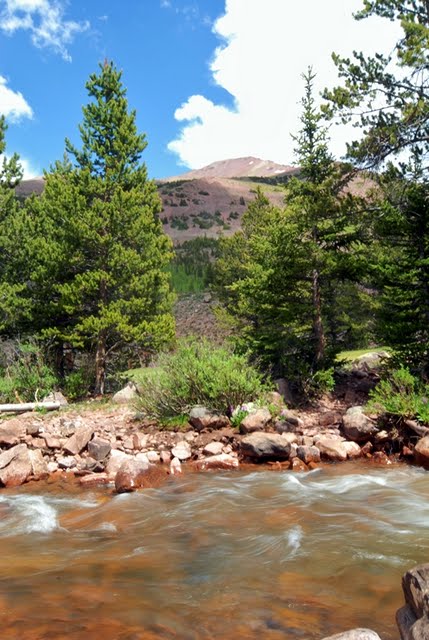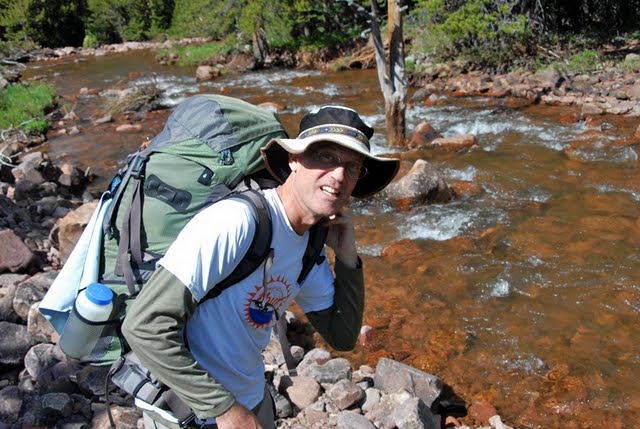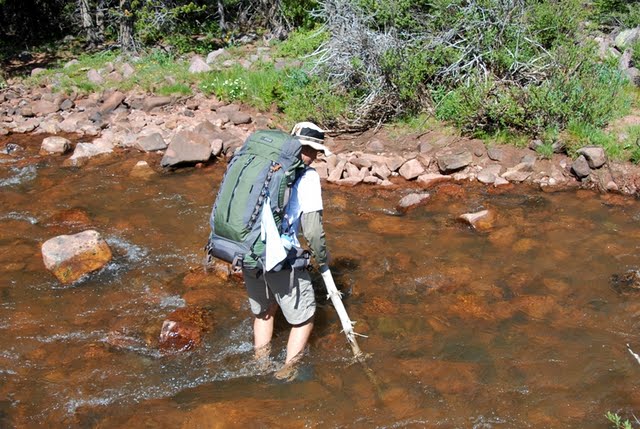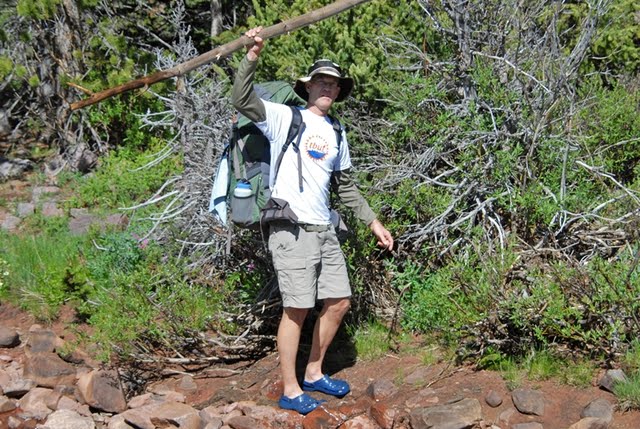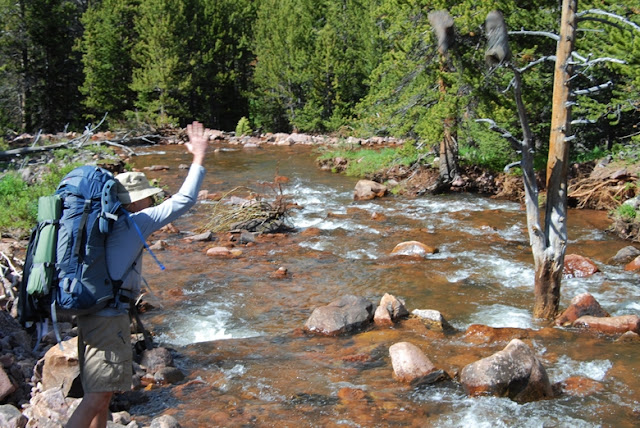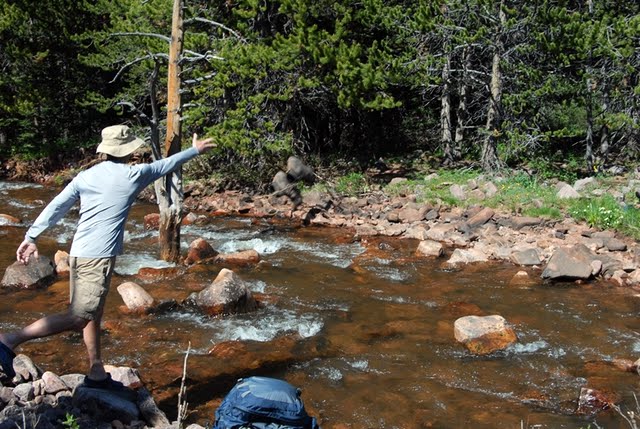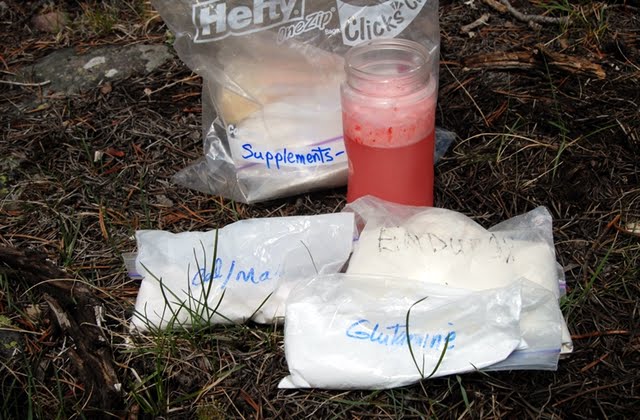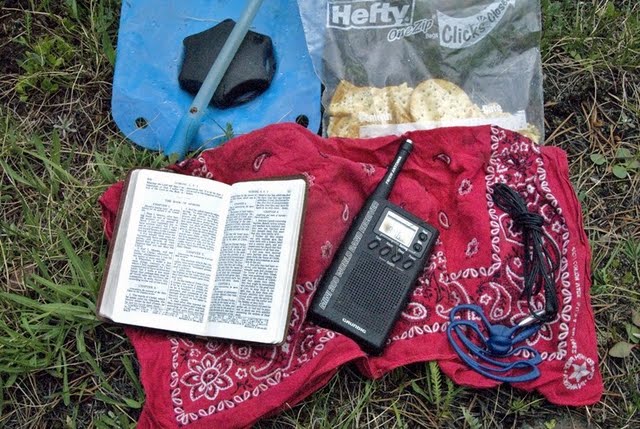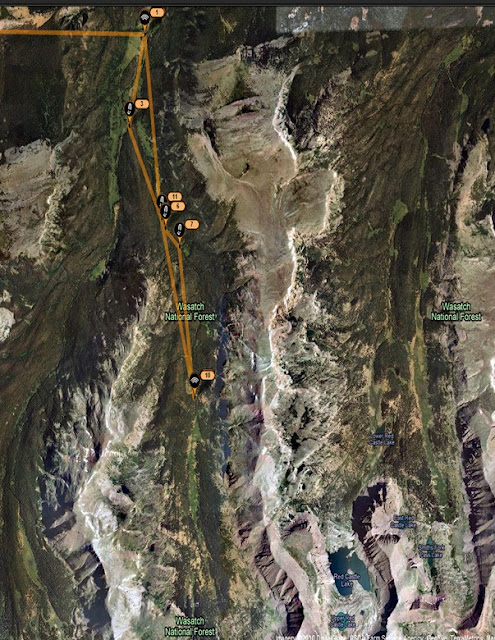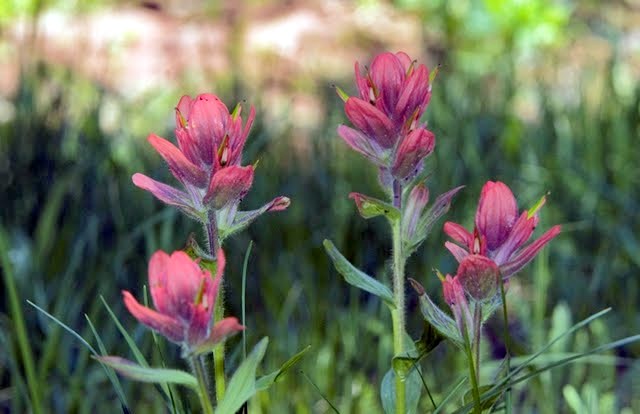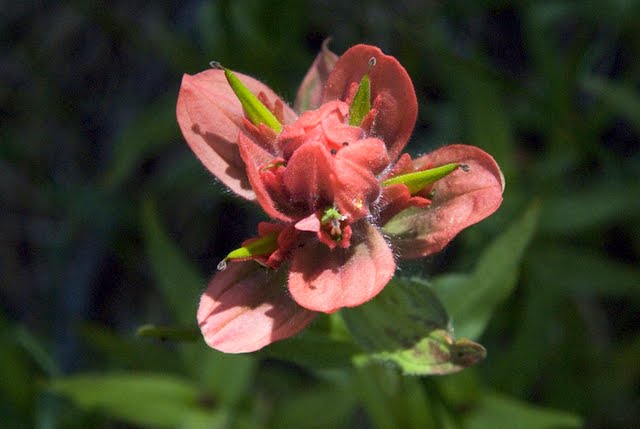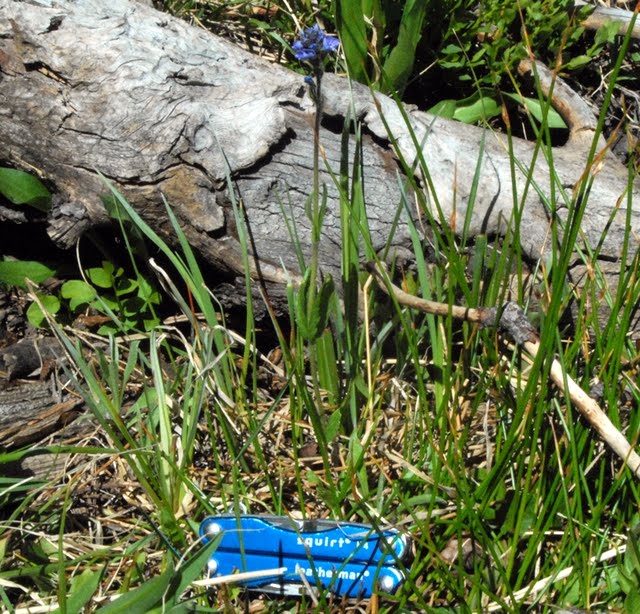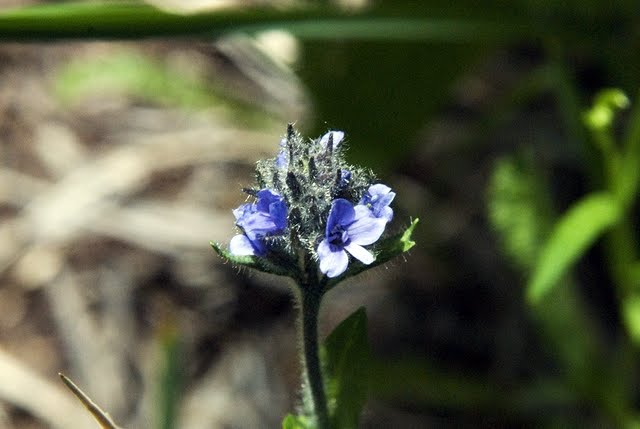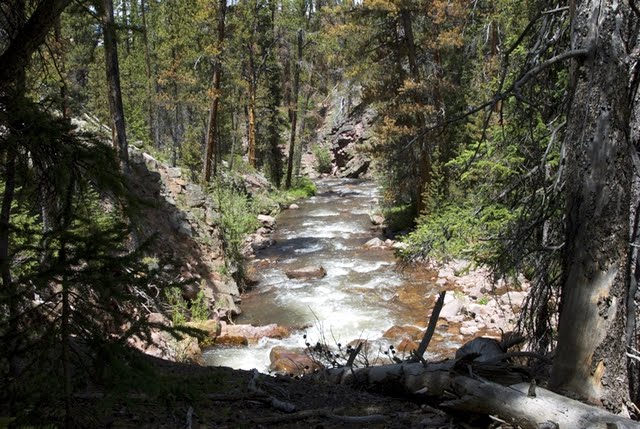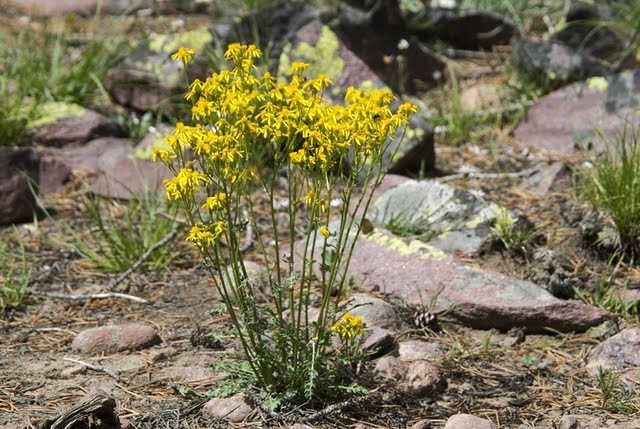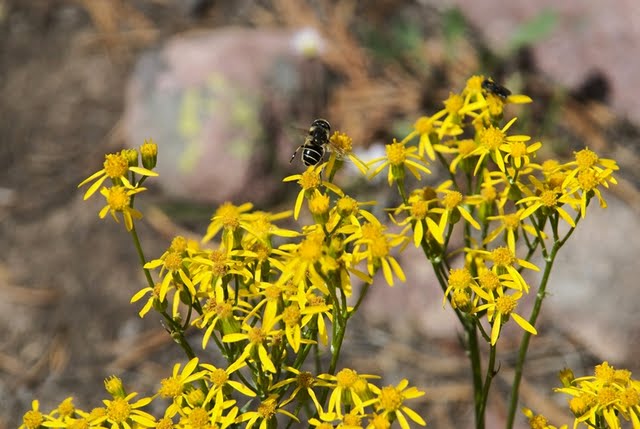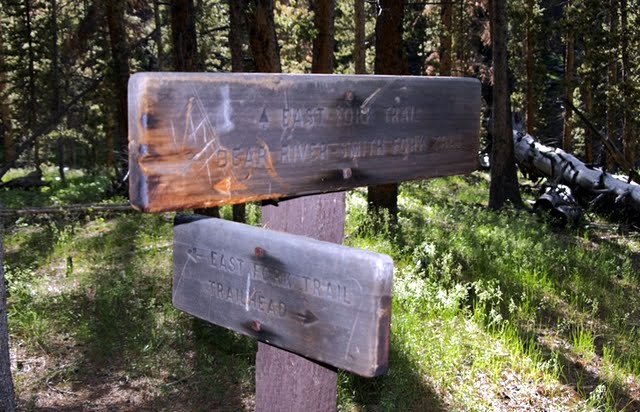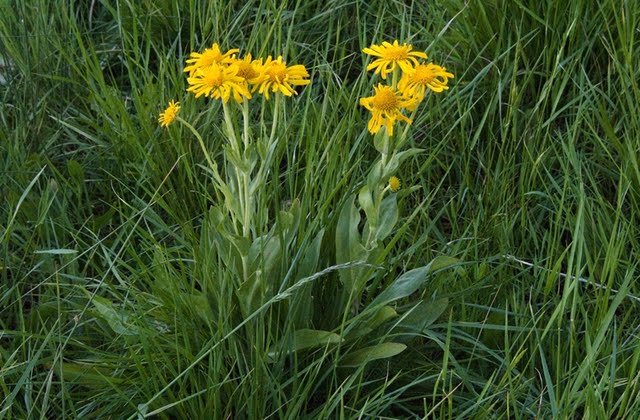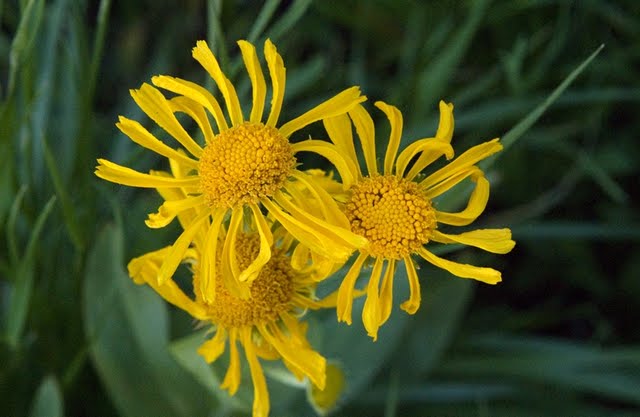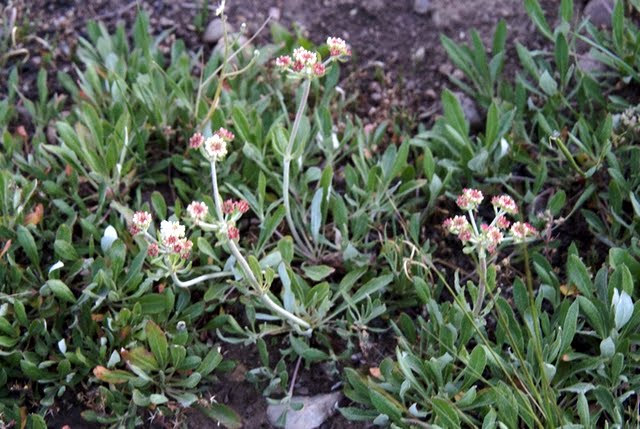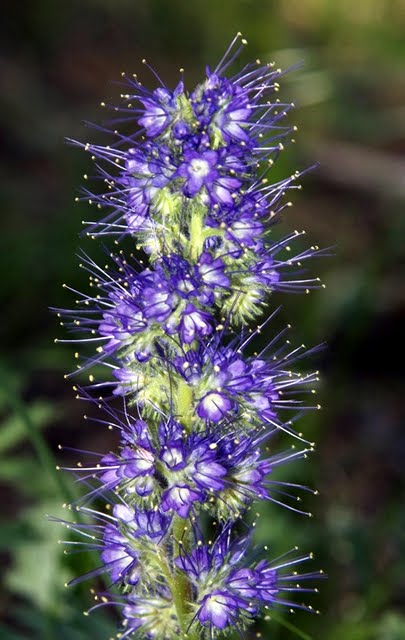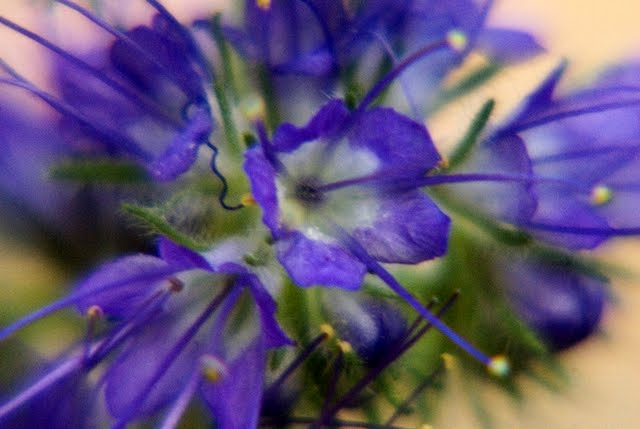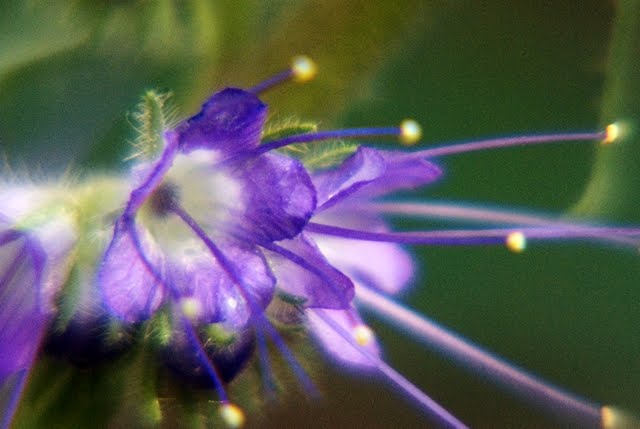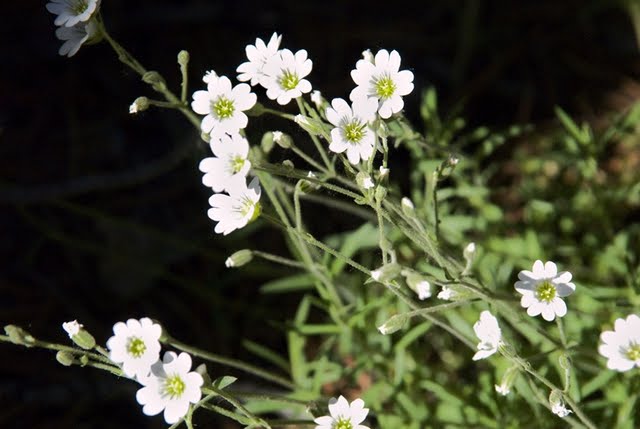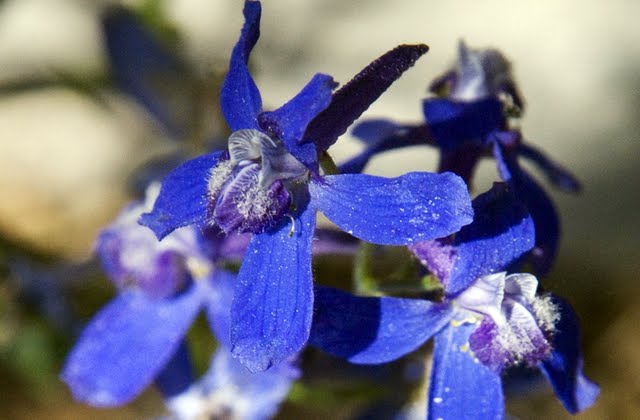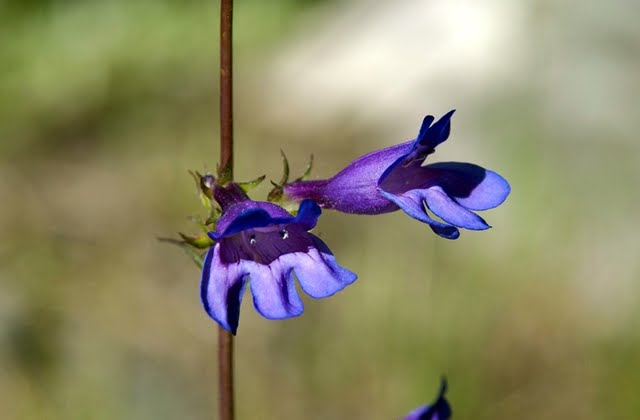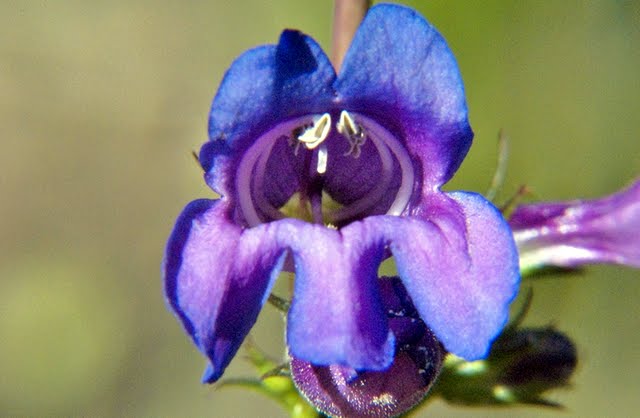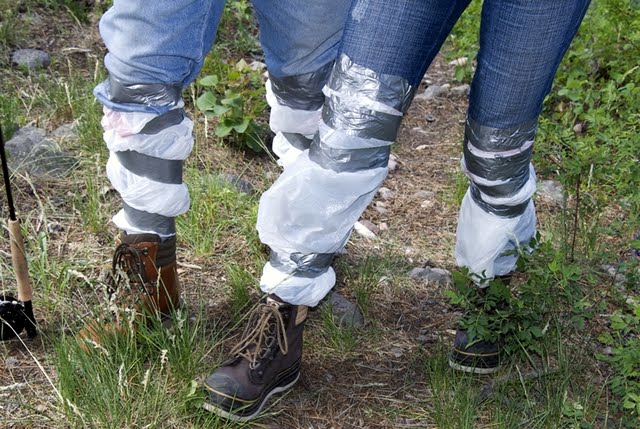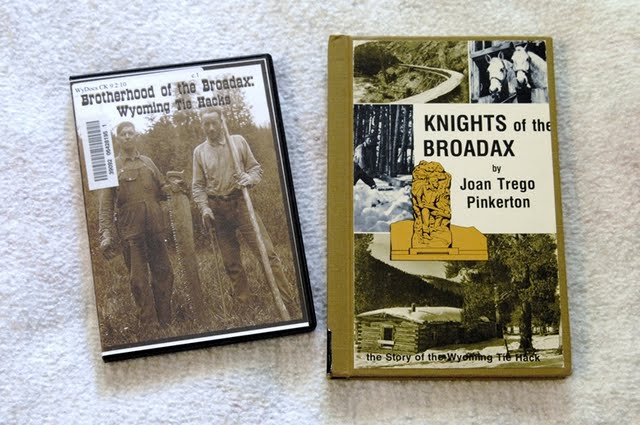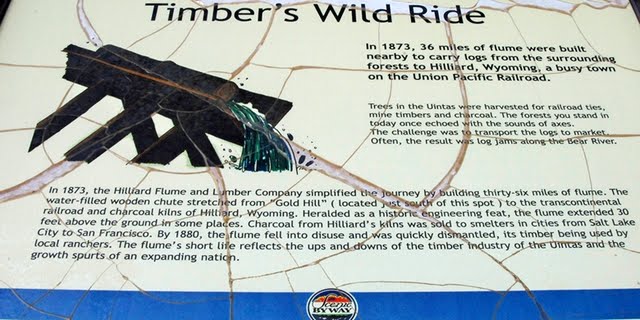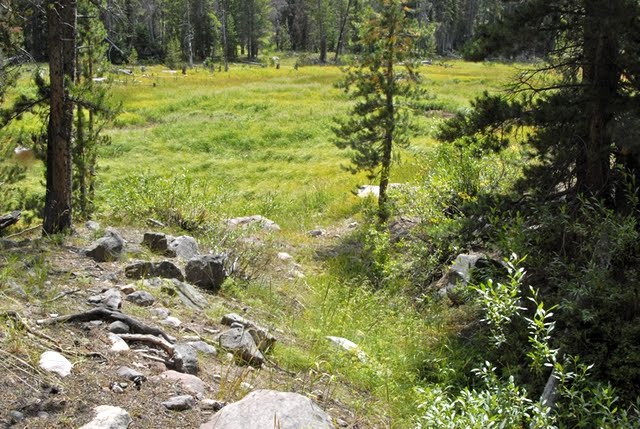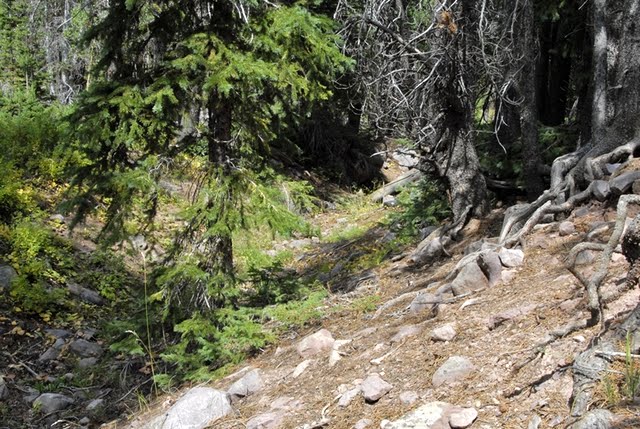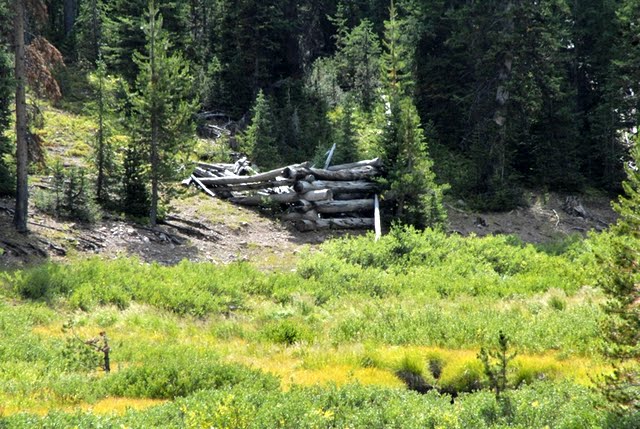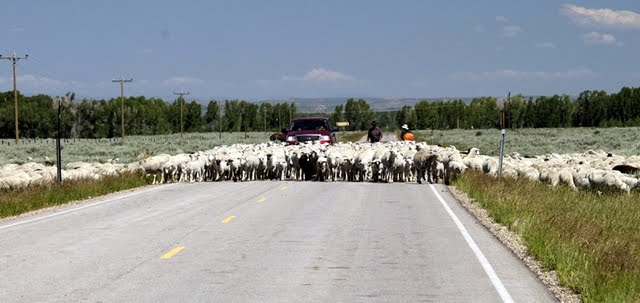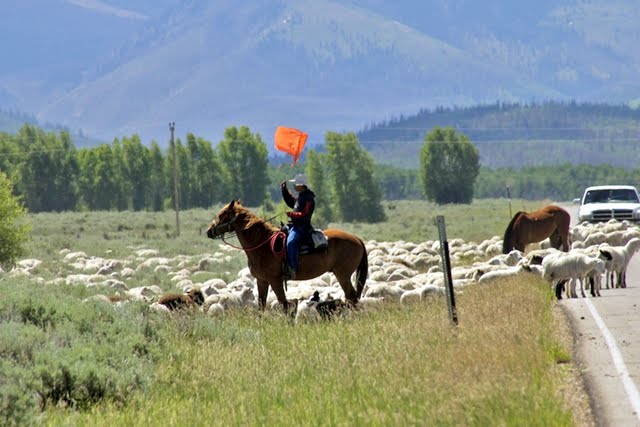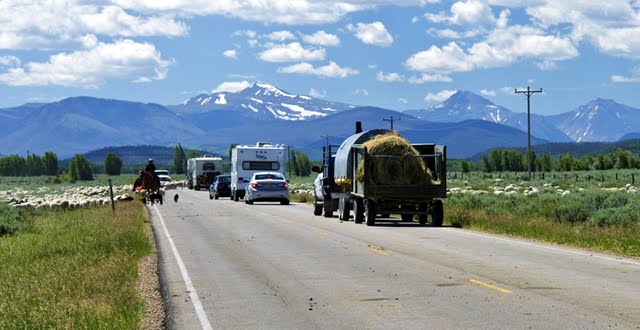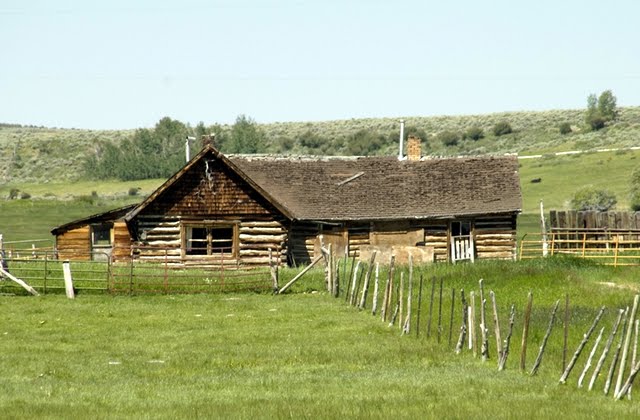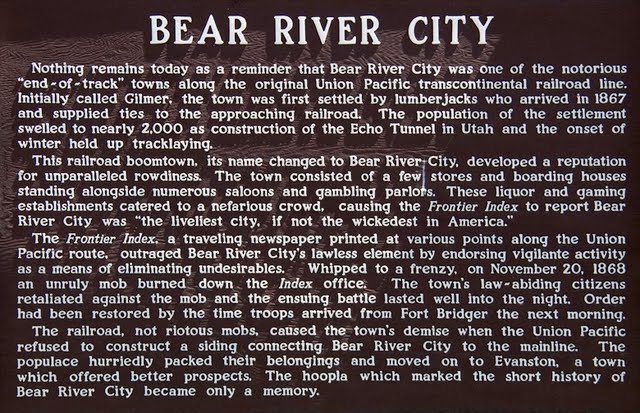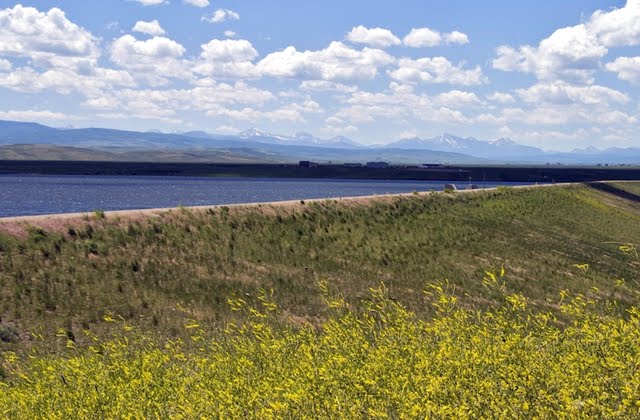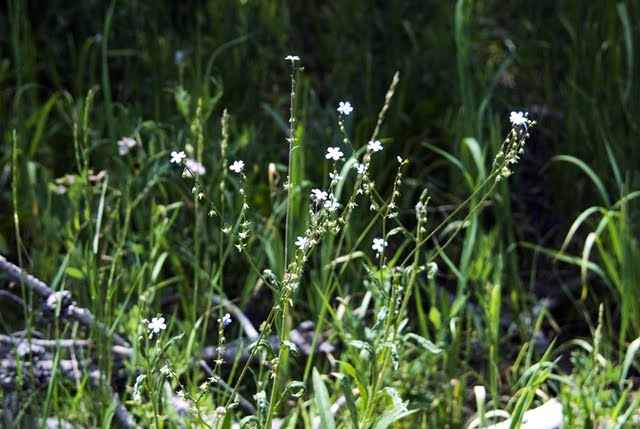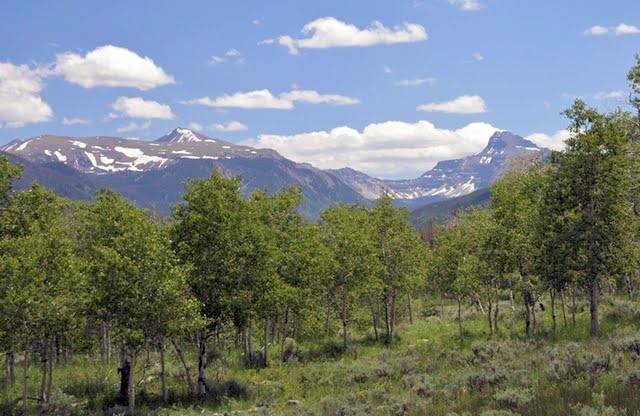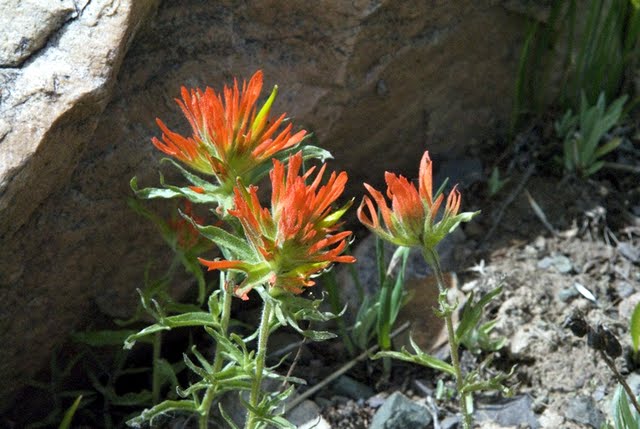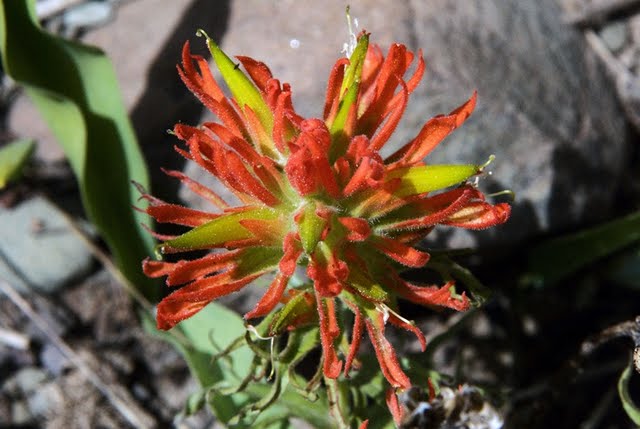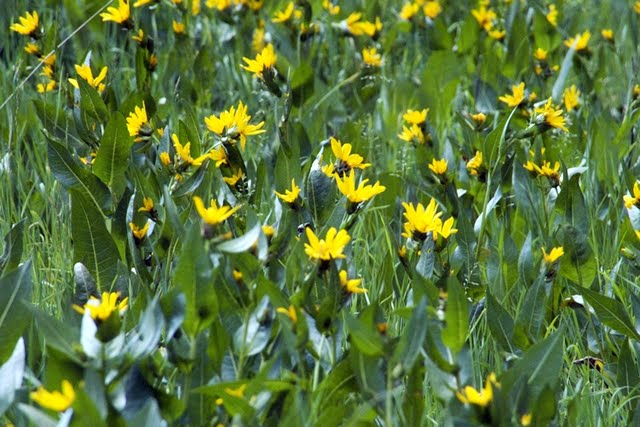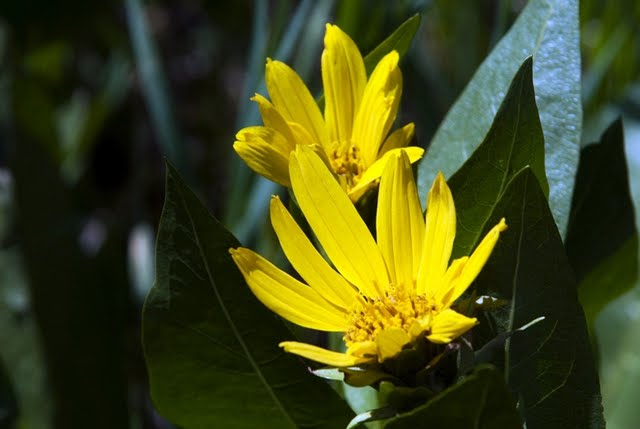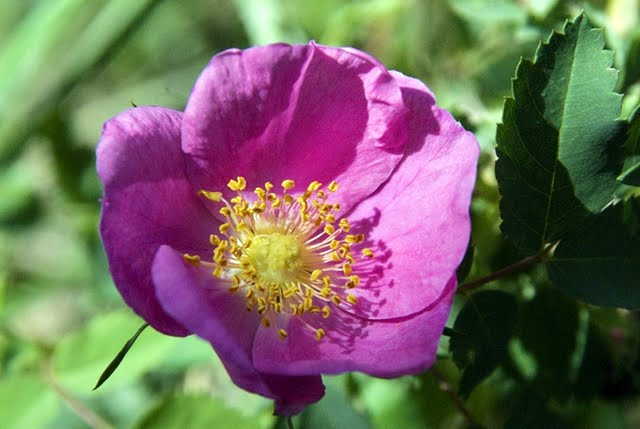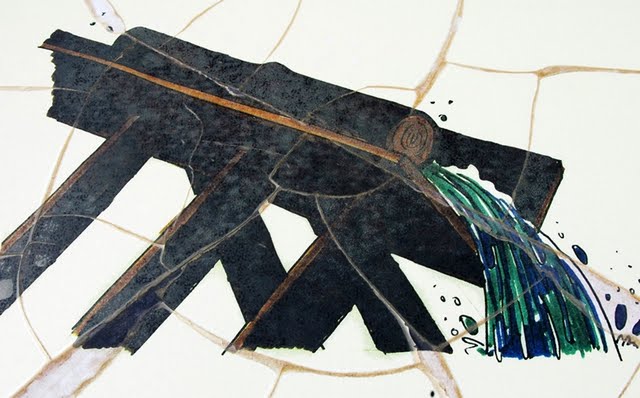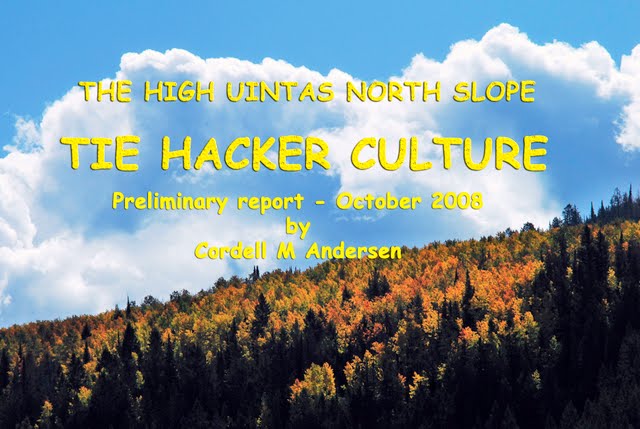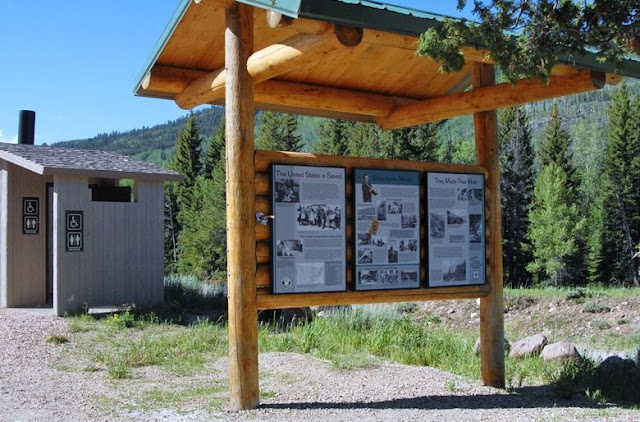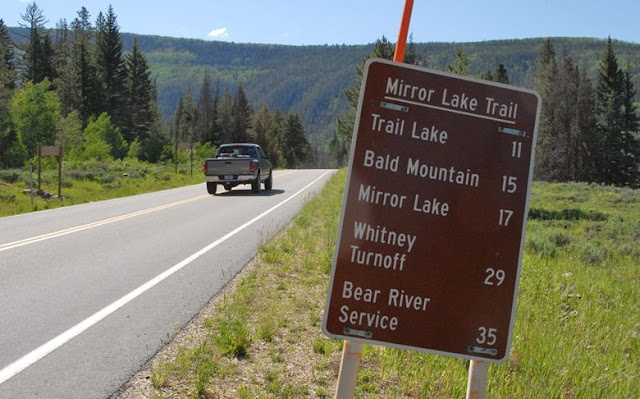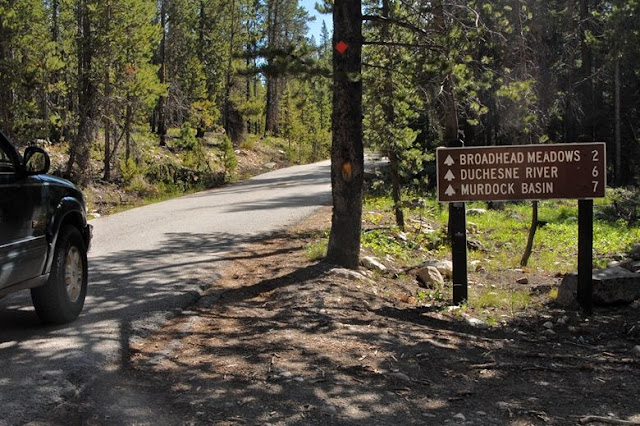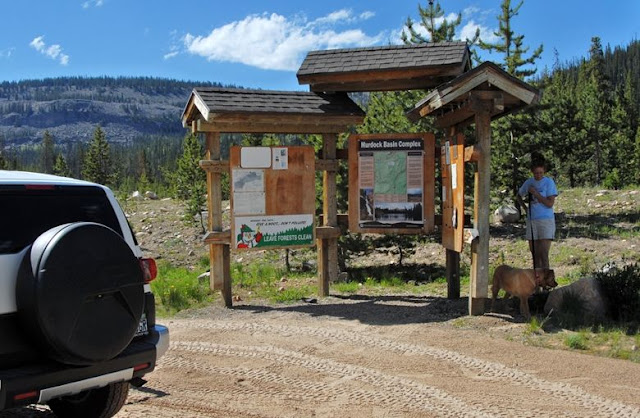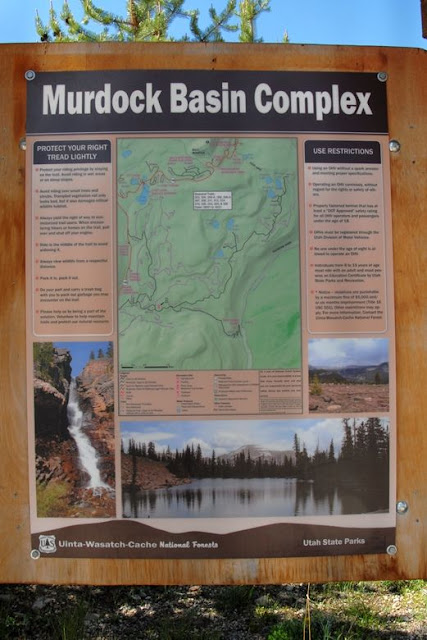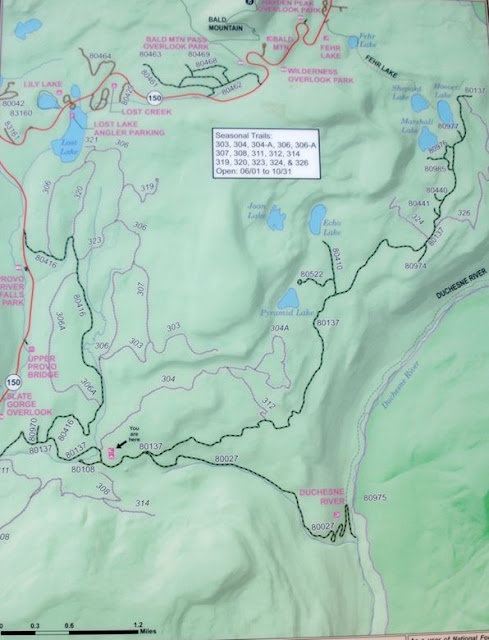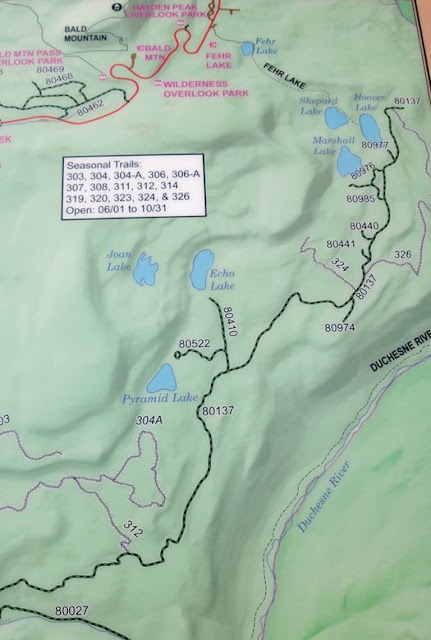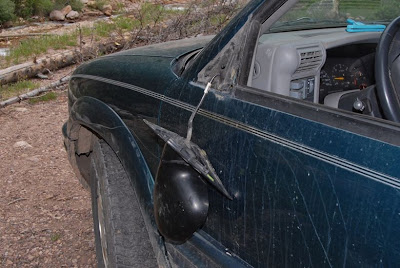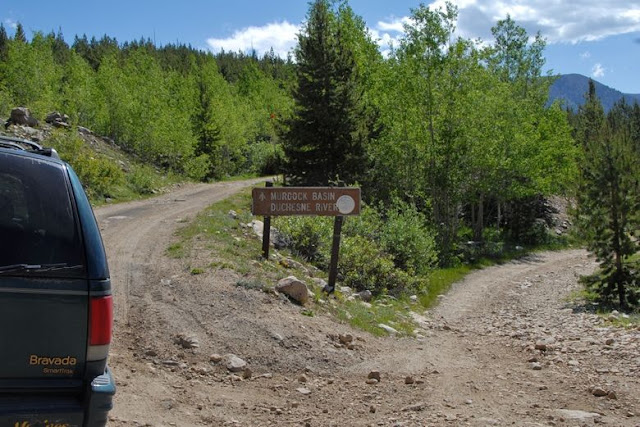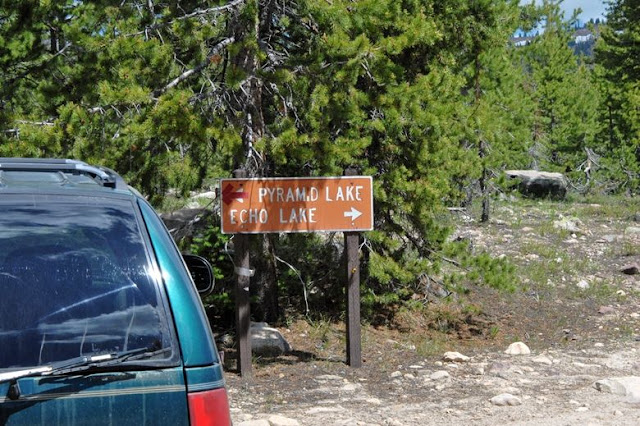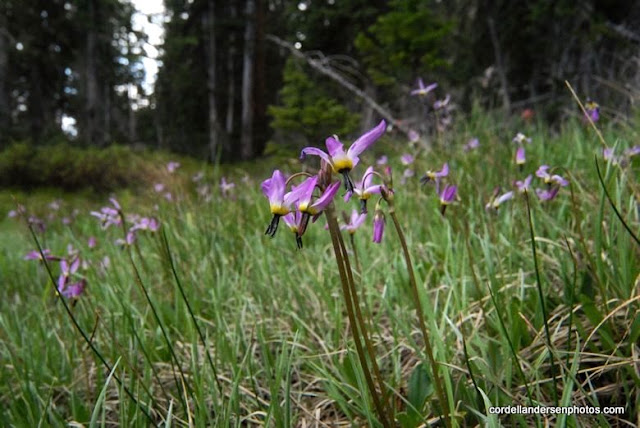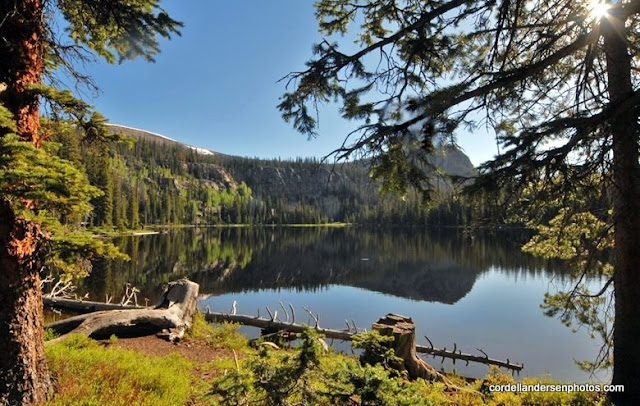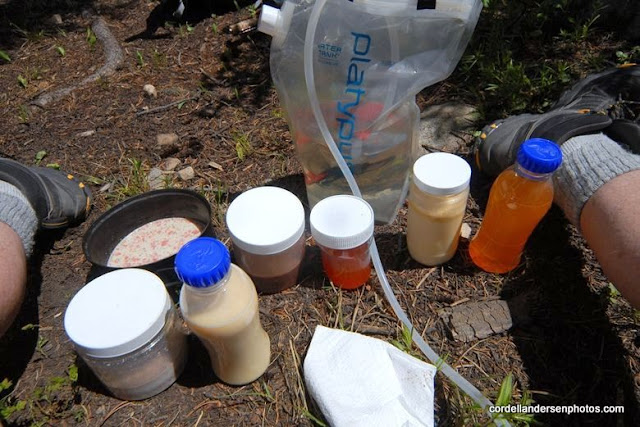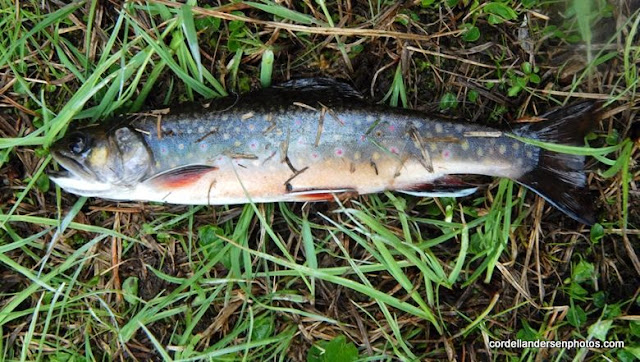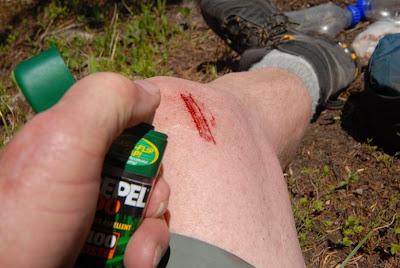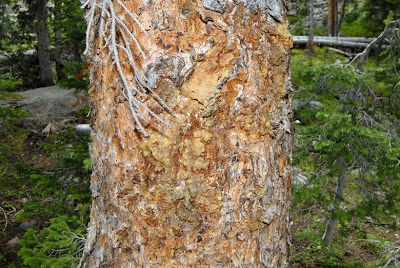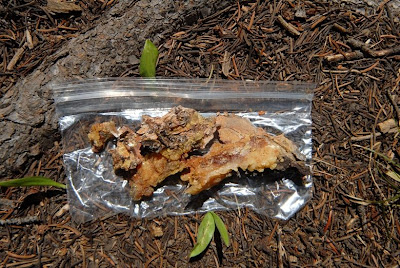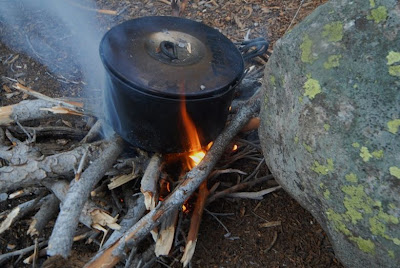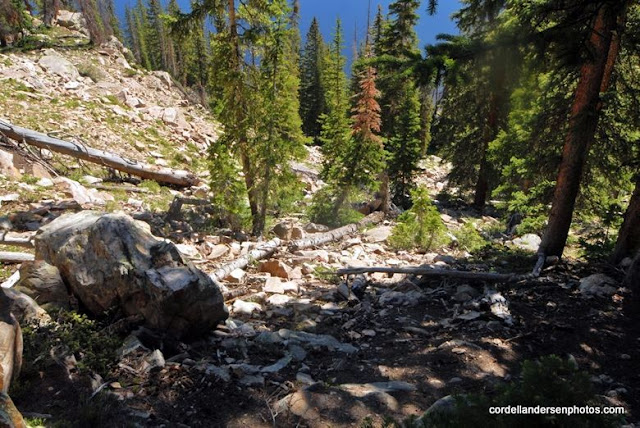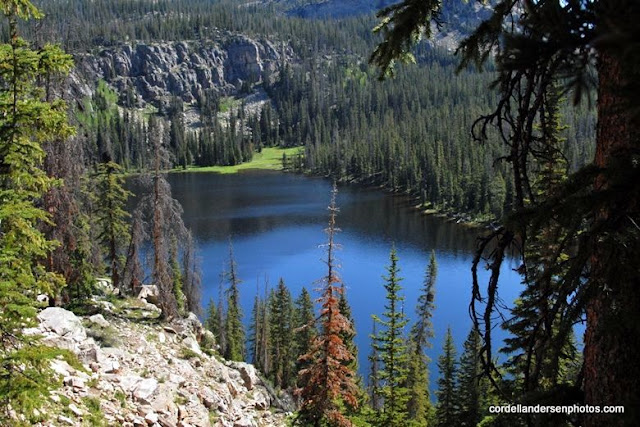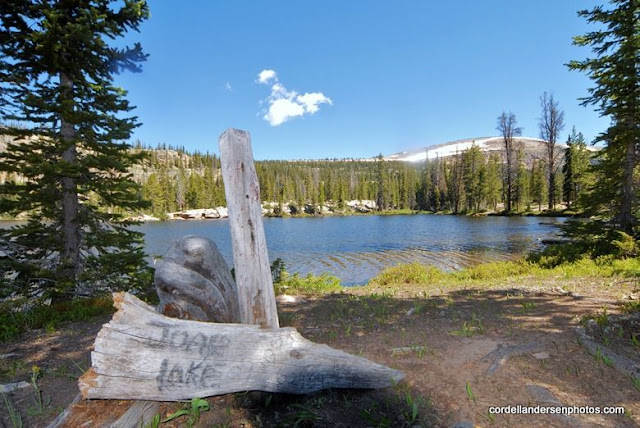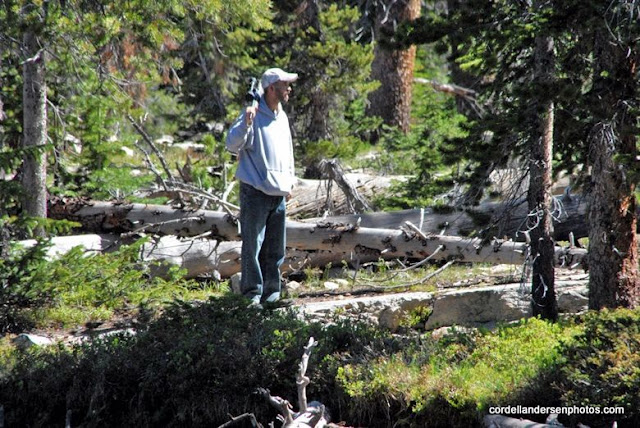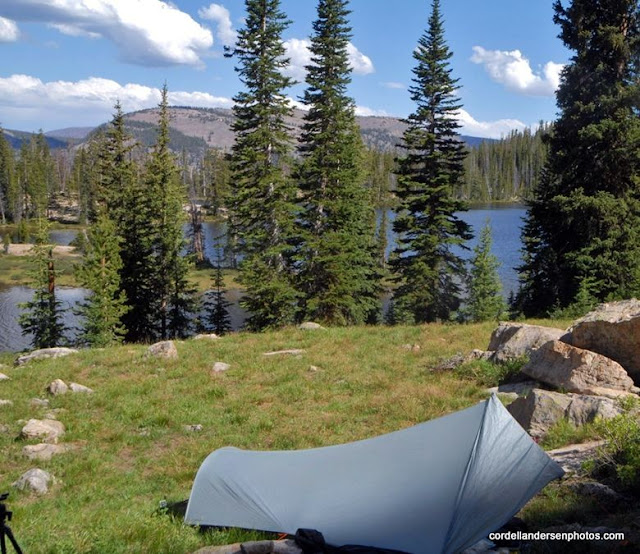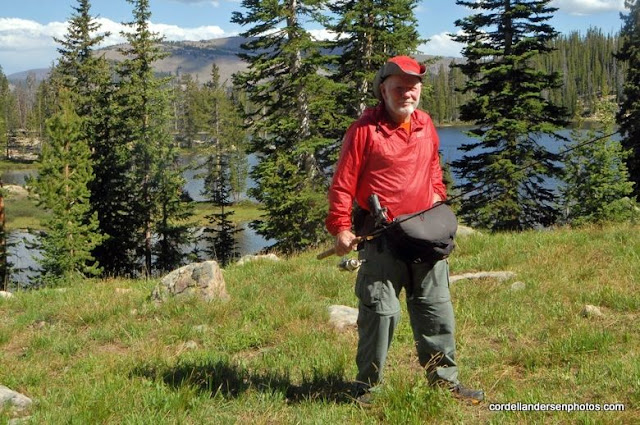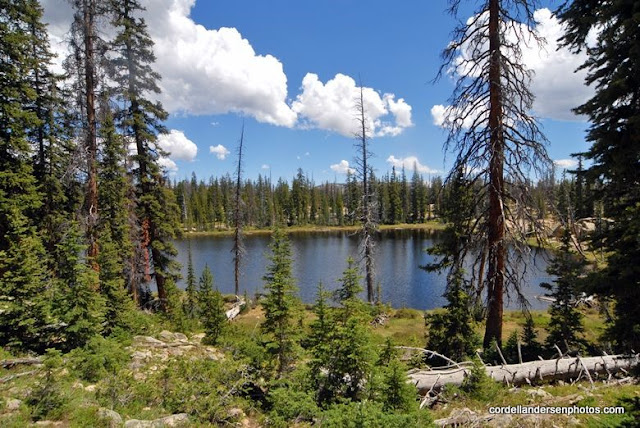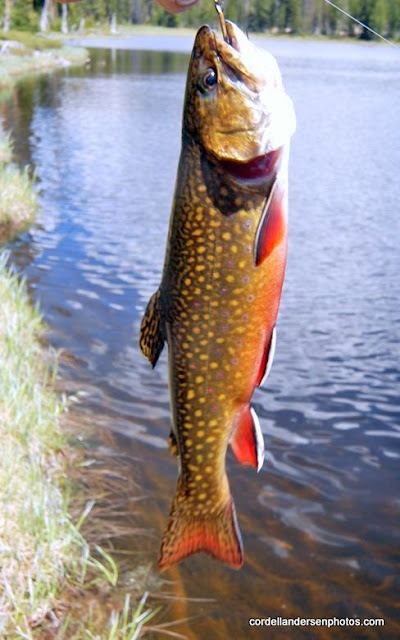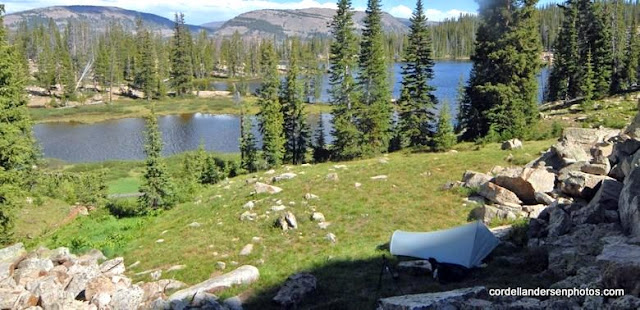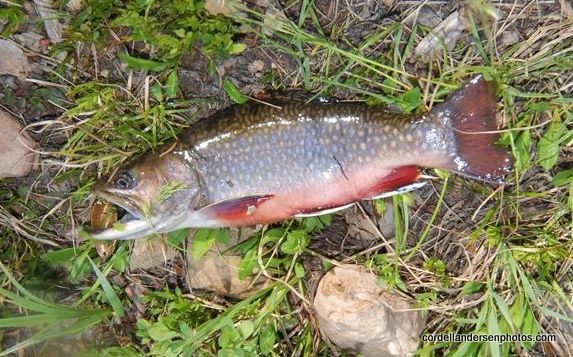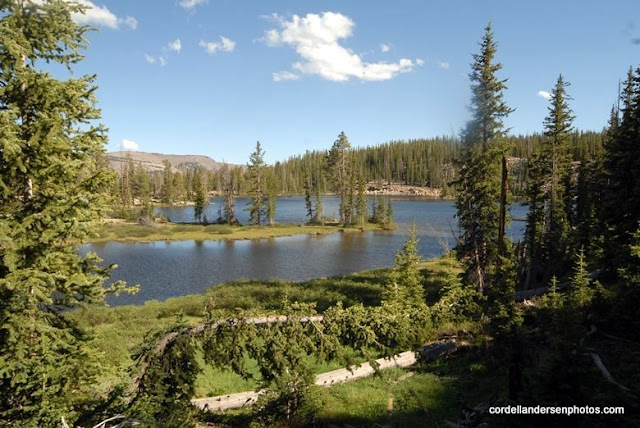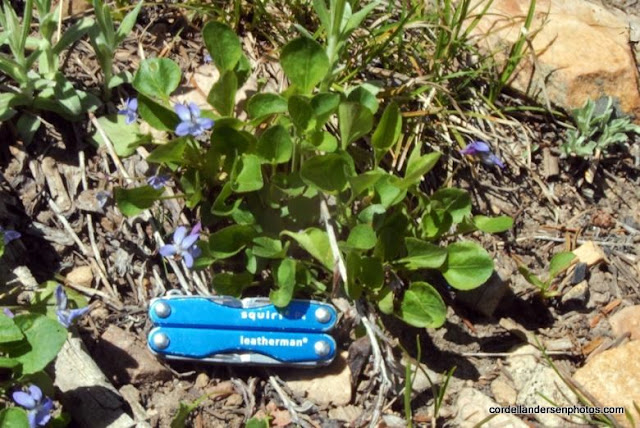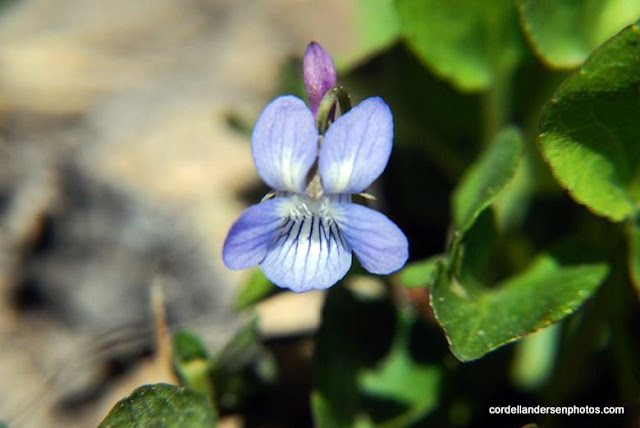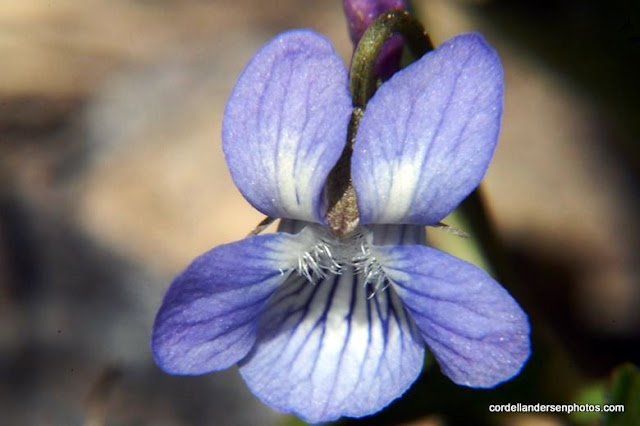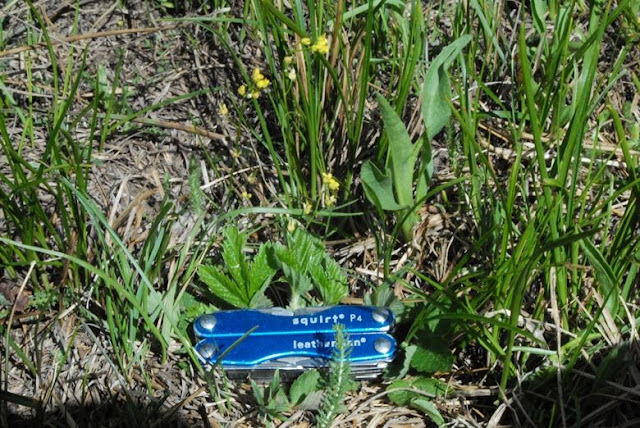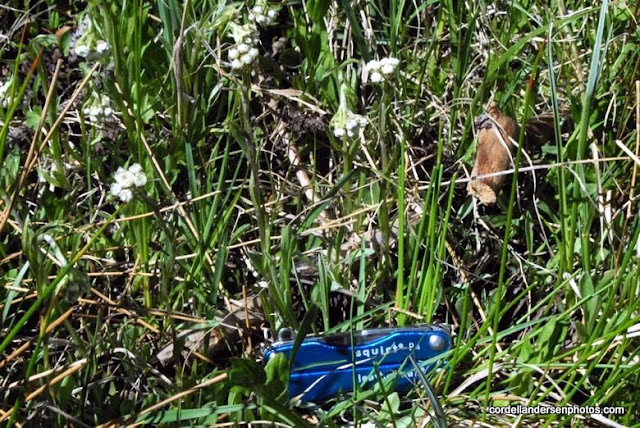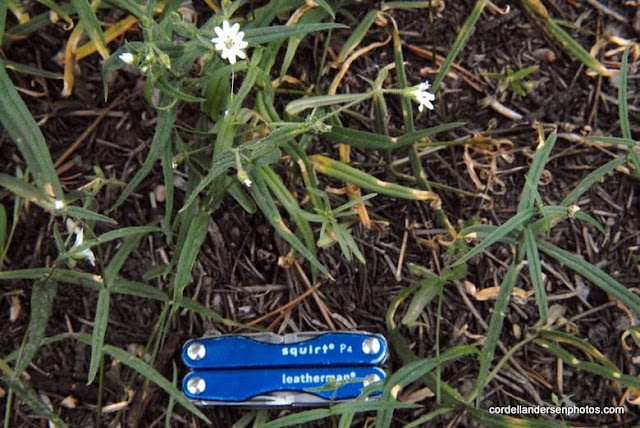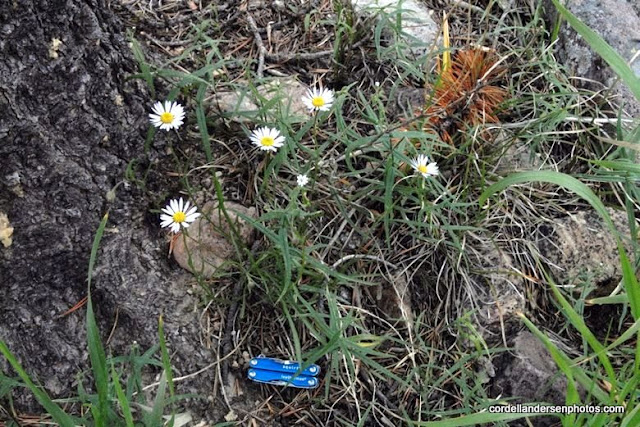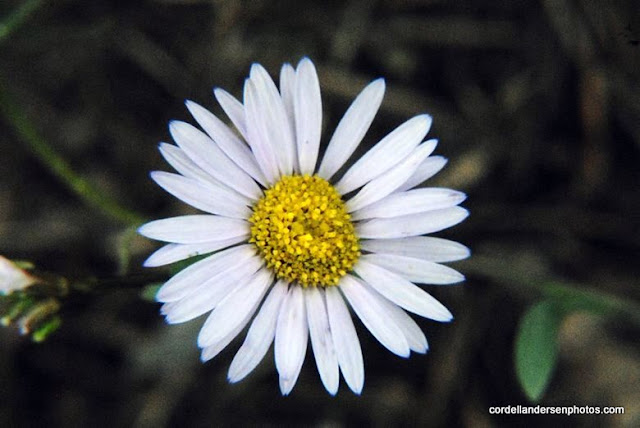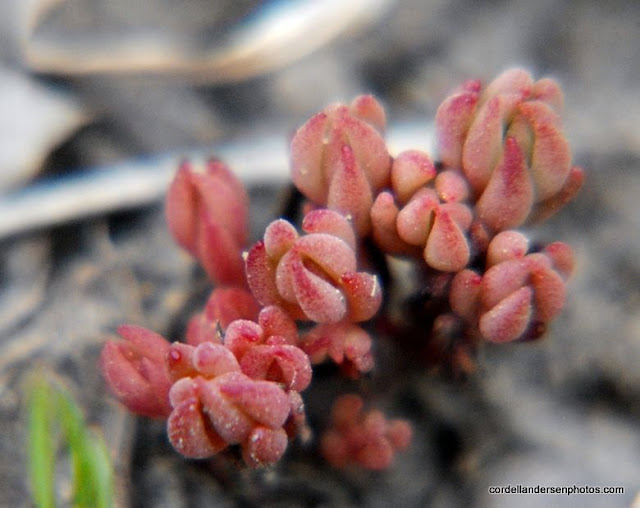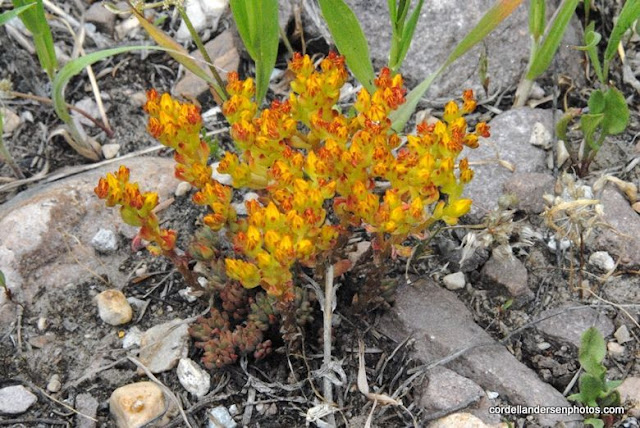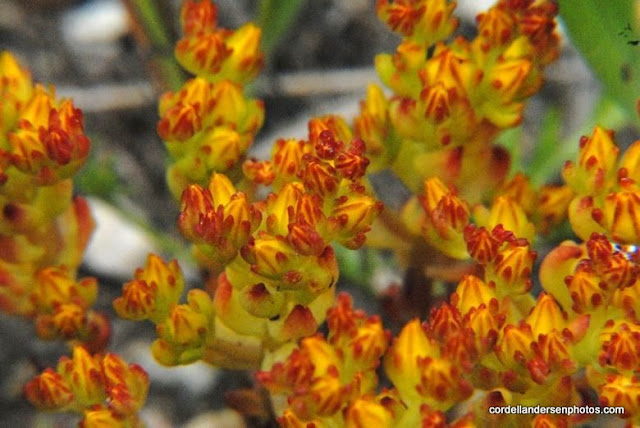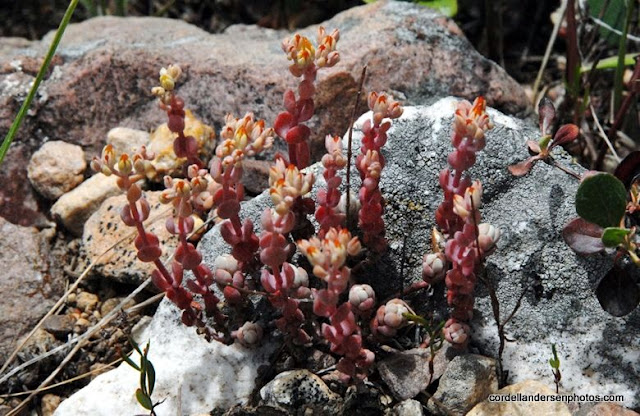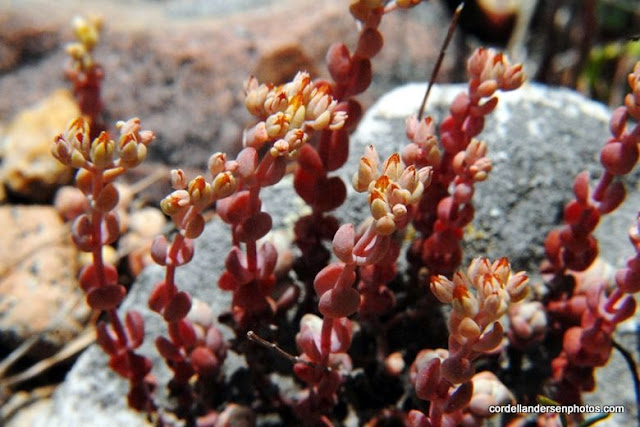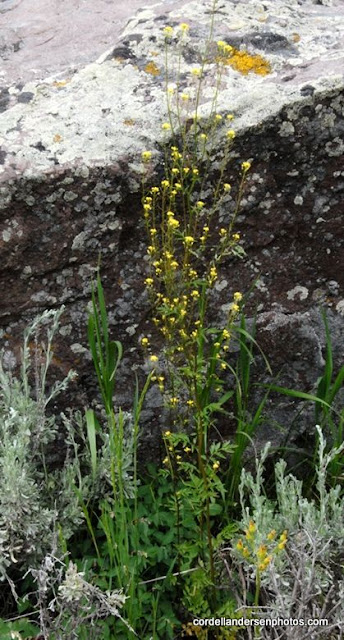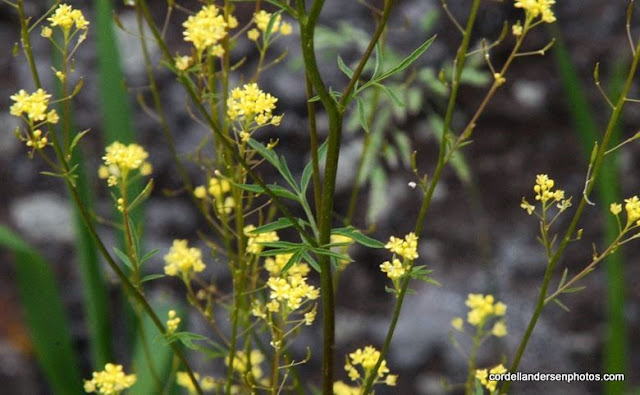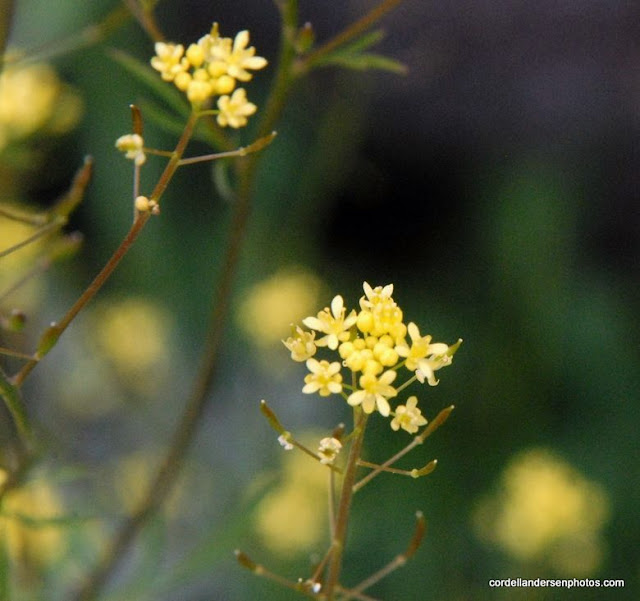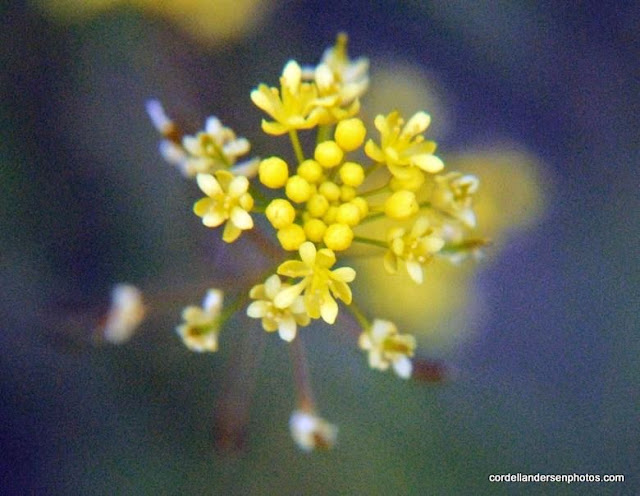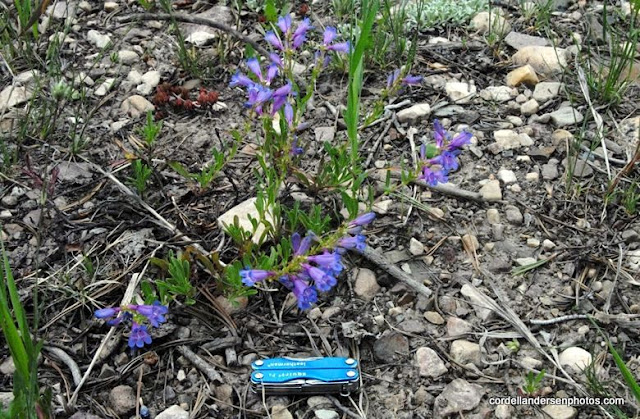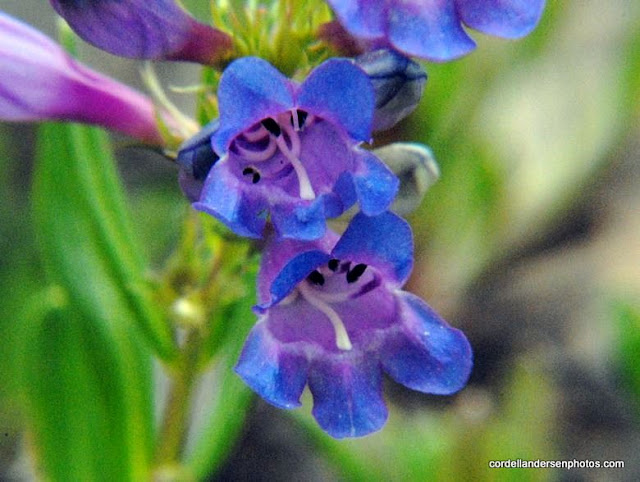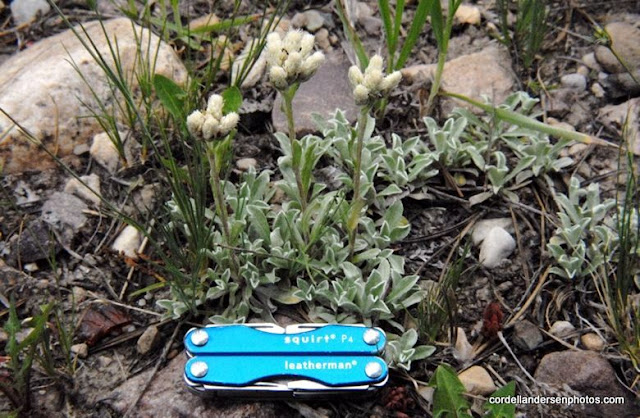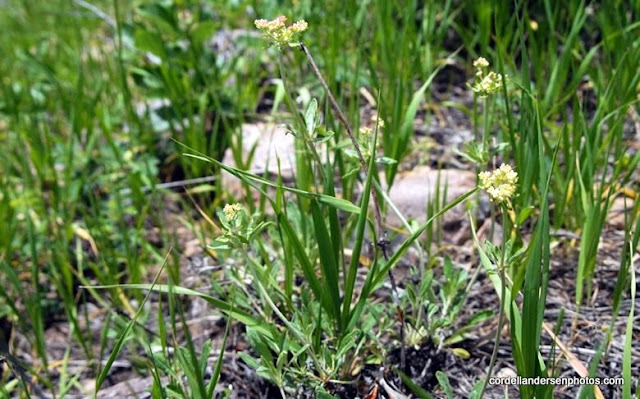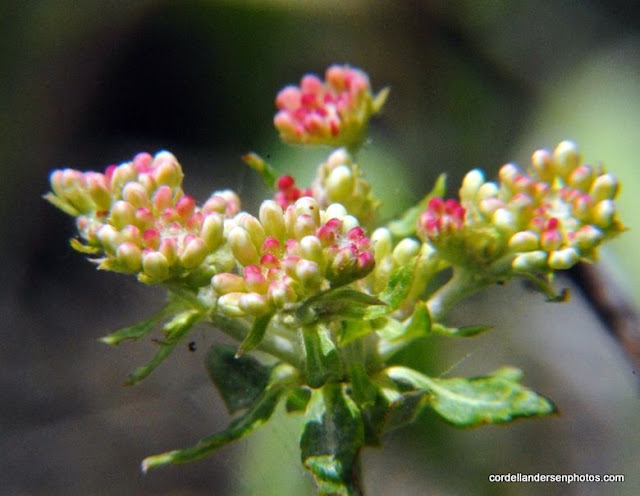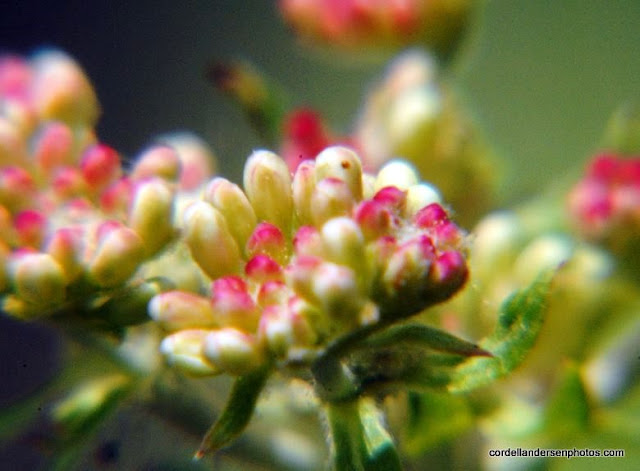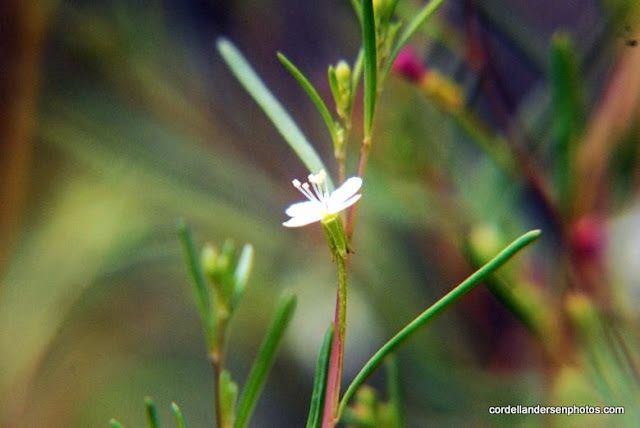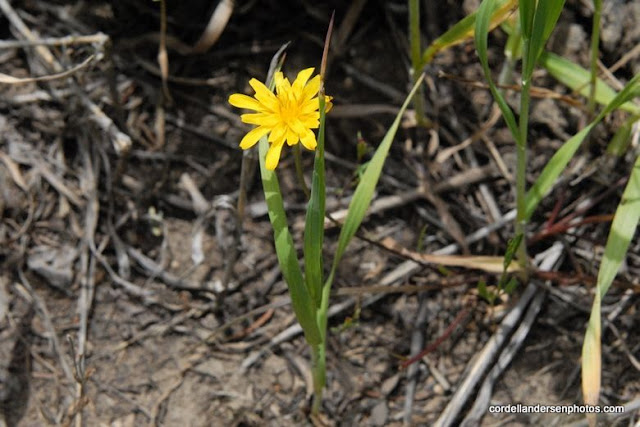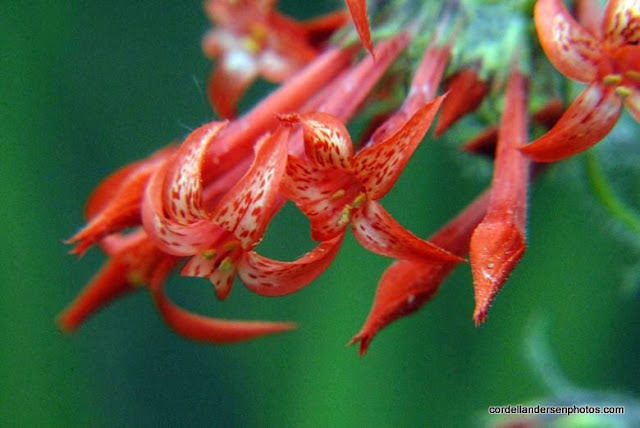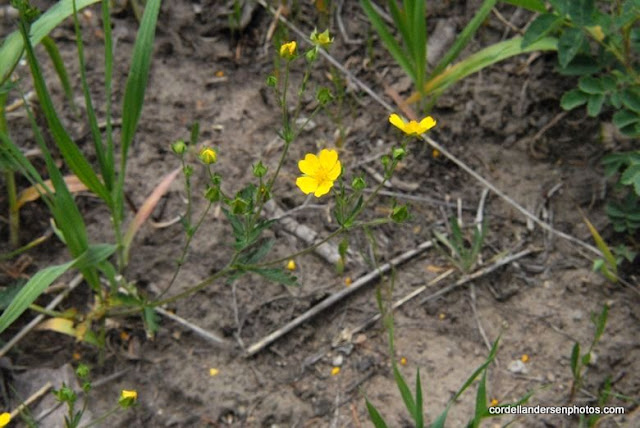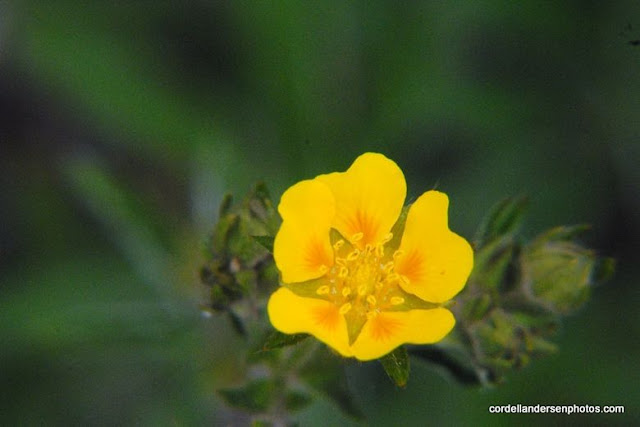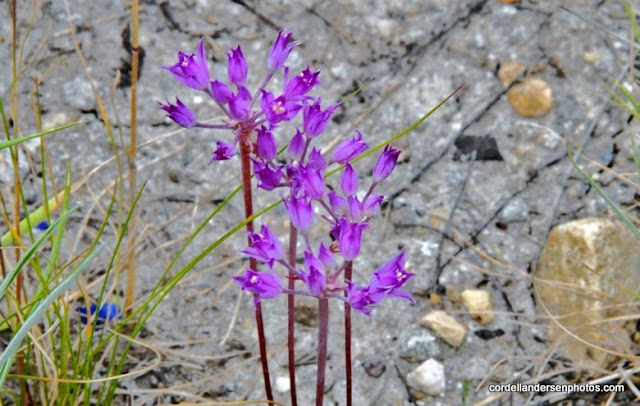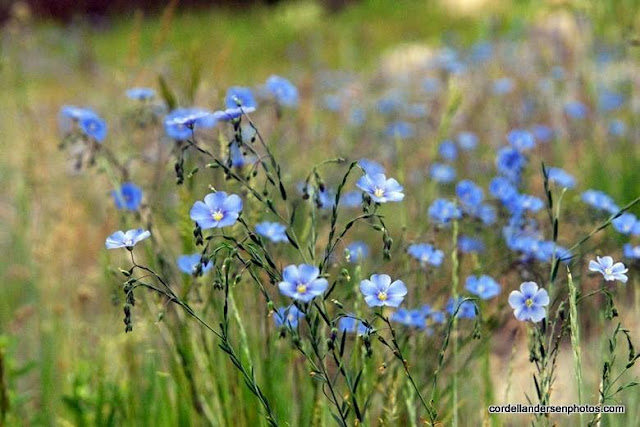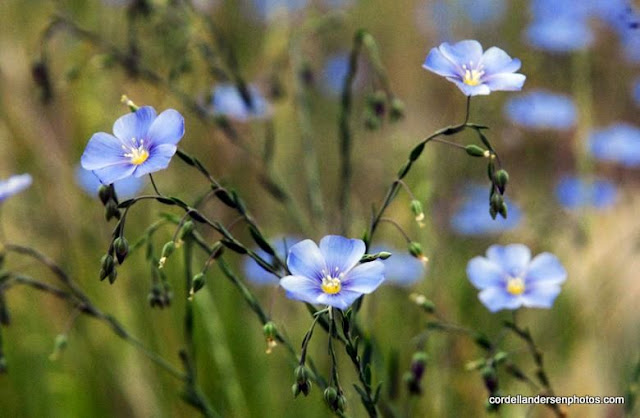Trip #3a–Search for BEARTOWN, the HOWE FEEDER FLUME and the HILLIARD and PIEDMONT GHOSTS

80 tons of square iron nails or spikes, like you see above, were used in the construction that in the beginning was known as “Sloan’s Folly,” but it was successful for 7 years and perhaps more and became known as “an engineering marvel.” The water would move the wood products along about 15 miles per hour, making it to Hilliard in about 2 hours. The nails were found on my second exploratory trip when I got the first photographs of remnants of the flume I know of. The longest nails are 6 inches long.
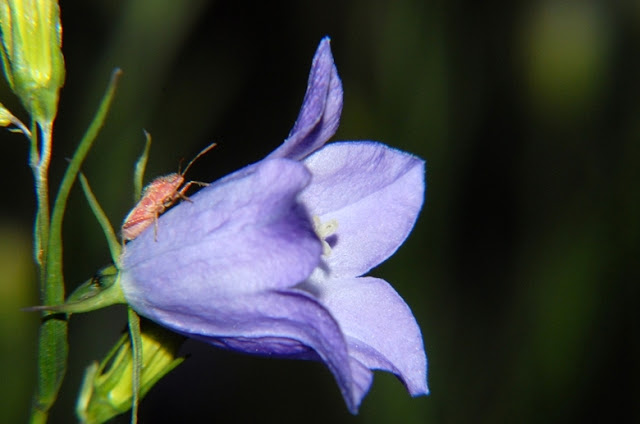
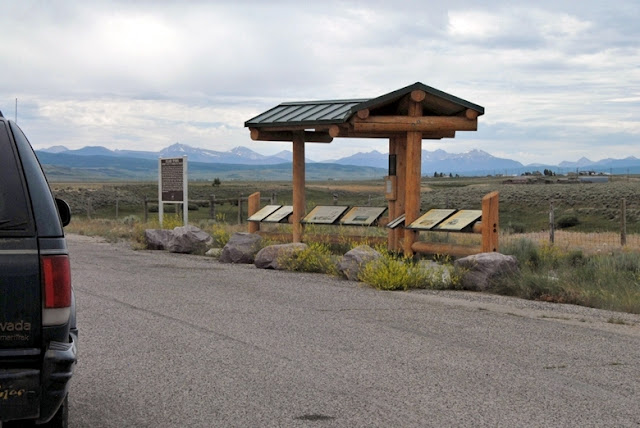

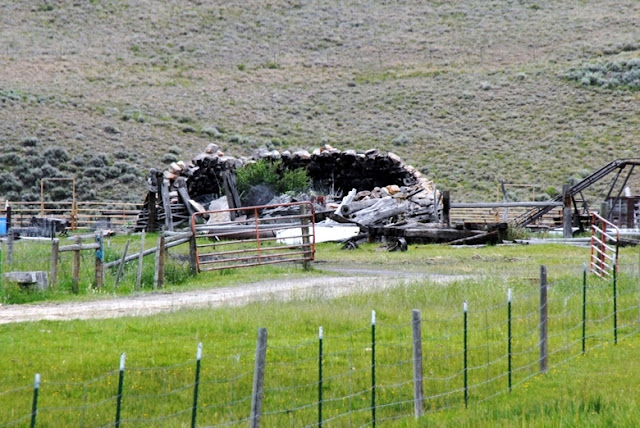
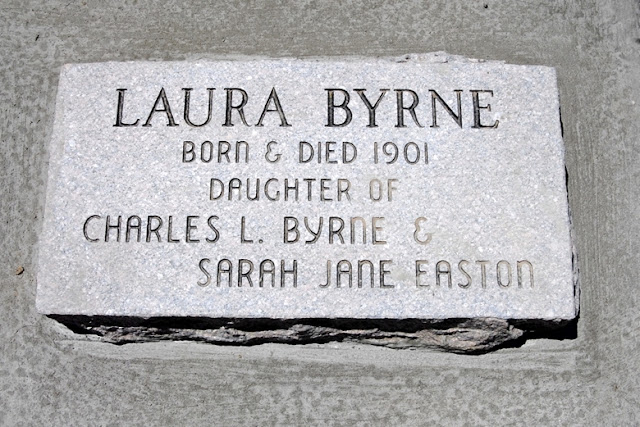
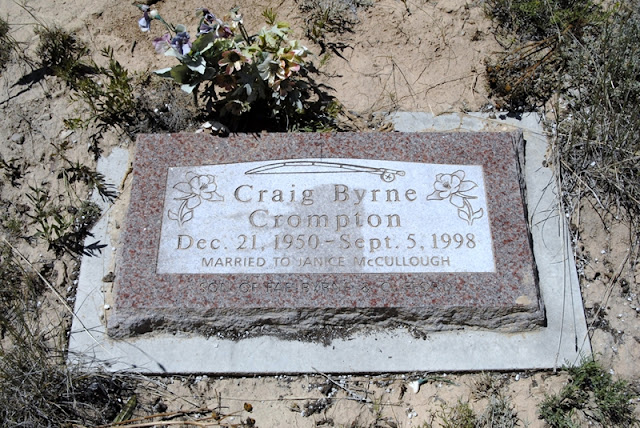
Trip #3-2010 BIG FOOT COUNTRY, BEAR RIVER, TIE HACKS
LET’S START WITH THE GOAL
Trip #3 July 9-18 East Fork Blacks Fk. Trailhead –Little East Fk, Alpine Lakes, Squaw Pass, Porcupine Lake/Pass, upper no-name No.Star Lakes, Tungsten Lk/Pass, Y-19, Y-20 Lakes, Oweep/Lambert Lakes back to Trailhead . PURPOSES: Find and photograph Big Foot and family, test at least 14 lakes. Fri-Fri-Sun.
The East Fork of Black’s Fork Trailhead.
The next day, Sunday, I started off sleeping in some, clicking on my radio in time to listen to The Mormon Tabernacle Choir and, in keeping with the “Day of Rest,” I even had my simple little Sacrament service using my own modified version of the prayer from my tiny military version of the scriptures.
The decision came quickly to get down the canyon and on to home to begin acting on my own advice, work more and be able to become a more significant donor helping those in need. I would do my darndest to finish working on key aspects of my High Uintas Project, but do better putting in order my priorities. A Google Earth SPOT tracking of the backpack shows me returning as I had come, bushwhacking down to the main canyon and on to the Trailhead. Looking at this view, and zooming in on what I hadn’t been able to accomplish awakened an excitement in me to still one day make this trip–but the loop route. I hate failure, so one day . . . . .
As I moved down I stopped frequently to photograph the inspiring beauties of our Great Creator, and constantly felt grateful for my faith being strengthened and confirmed, and for the incredible exercise I was getting going through this off-trail wilderness.
Within a couple of hours I was bushwhacking down through familiar territory and feeling energized by all the wonders around me. I didn’t see Big Foot, nor his wife (except through the horrible nightmare), but I will spare you the trauma of inserting a photo here–you will just have to believe me!
Soon I made it down to the main canyon, got safely across the divided river, and in good time was at the last sign (actually the only sign) that was a crosstrail on the other side of the river from the Trailhead.
A few minutes later I was gratefully at the car, having made the 7 miles since noon, but with the off-trail portion, it translated to more like 10 miles. Not bad for an old 74 year old geezer!
Now I noticed at the Trailhead a sign warning me of “TREES ON THE TRAILS,” not to mention the increase X100 for my bushwhacking route. Also I noticed another sign concerning the domestic grazing permitted in the area–I took notice as I could hear from my off-trail route the sheep being moved up the canyon as I was going down.
Many have asked me about sheep and cattle in the high country. It continues due to what they call “Grandaddy traditions” carrying on what has been going on for many years, all of them on the North Slope coming from Wyoming–which you will see in a minute or two.
I headed west on the North Slope Road with the plan of taking a bit more advantage of having made the trip by camping out on, and exploring the Bear River, and doing a bit of exploring for the tie hackers. Along the way of course I had to stop often to record the stunning beauty.
Some of these images of wildflowers will eventually be worked into my Alpine Wildflower Albums in the Galleries section.
At Carter Creek I took a telephoto shot of the remains of a tie hacker splash dam, and a bit further along observed a doe with two new speckled fawns, and in low light clicked off a shot as they took cover.
We have now arrived at the East Fork of the Bear River, seeing in the distance Spread Eagle Peak.
From this spot I turned my camera to the west to capture an image of a humble log cabin.
From my youth I had always dreamed of having a log cabin in the mountains–somewhere, but this isn’t what I had in mind. If said “cabin” is to come from my High Uintas Project’s commissions on outdoor items purchased from links on my website, it will be way down the road as so far the Project’s income comes to $11.64! Maybe we could do better by asking for a donation to the cause—if you feel there is value to you in my website and the guidance I give to make possible safely enjoying our wonderful outdoors. You could perhaps look at a donation being like a subscription to your favorite magazine. Best we get back to enjoying the beauties of nature I found all around me along the Bear River.
The Bear River flowing out of the High Uintas.
Some of you might recall from other articles on my website that the 500 mile long Bear River, born in the Uintas, is the largest river in North America that doesn’t empty into an ocean. It flows north into Wyoming, then swings west into Idaho, and turns south flowing back into Utah and the Great Salt lake. As you see it is a beautiful fishing stream. I fished a little, then got diverted to photographing flowers, when Sherman and Jan appeared, fly fishing rods in hand.
What a great chance encounter. Are you noticing their humble waders? Let’s focus on them.
Later, on my way back from the tie hack search in Wyoming, I stopped to say goodbye and was invited to a wonderful picnic lunch, along with some great conversation. THANKS TO BOTH OF YOU! She had won the fishing contest with one Brown trout caught on a tiny nymph.
I decided to finish off the trip exploring more about the tie hackers. See my preliminary photo essay on these incredible Americans clicking on TIE HACK HEROES. I have 3 or 4 more aspects of their history to investigate and then I will publish for the world this great story. So far what I have is the best I have seen on the Utah tie hacks, and I’m determined to do these heroes justice. What I have found in print, and the DVD shown above deal with Wyoming tie hacks, mainly from the Wind River area.
One aspect of my investigation deals with the Hilliard Flume, described below.
I drove up into the mountains west of the Scenic Byway to find evidence of where this flume came down the mountain. There were places where its construction was built 30 feet off the ground. In other places they dug huge trenches through the terrain. I found one of them shown below.
Here we see the beginning of the cut through the terrain as the flume came down the mountain. Below the camera was turned around looking down (north) seeing the cut.
Nearby I noticed across the gully what looked like cabin ruins, and got close.
Low and behold it was MY CABIN!
This coming Friday and Saturday–July 16th and 17th I will be in the area with my maps and old Forest Service writings that show where there might still be some remains of the flume. But I didn’t have my files with, so decided to not waste time and head north into Wyoming to search for the aspect of the tie hackers I would most like to find. As I headed north I was being approached by a white wave.
More sheep for the High Uintas alpine basins.
Mexican sheep herders were moving 1,200 sheep into the high country. Back 60 years ago sheep herders in the High Uintas were Basques from Spain. Now they are from Mexico, Peru and Chile.
There they go towards Lamotte, Ostler and Spread Eagle Peaks.
We are heading north towards Evanston, Wyoming driving through wonderful ranching country. Our objective is to learn more about what became known to many as Beartown. About 10 miles from Evanston there is a tourist historical turn-out that everyone should take a moment to see. The part I was interested in was:
I’ll zoom in for you.
I can’t believe that “Nothing remains today…” A town of 2,000 people has to have something remaining and I want to find whatever it might be. I drove around some, like up to the nearby Sulfur Creek Reservoir, but found nothing. We are looking south towards the High Uintas.
Once again I didn’t have my files with maps and aerial photographs, etc. in hopes of locating the area, and then finding and photographing something. I will work on that also this coming Friday and Saturday, and report.
I returned south up the Mirror Lake Scenic Byway and soon had to begin stopping again from time to time.
Here we are looking towards Lamotte and Ostler Peaks. To get to this beautiful area, you turn off at the sign to Christmas Meadows and drive about 4 miles to the Trailhead. From there you can backpack to 3 basins: Amethyst, West, and Middle Basins, absolutely gorgeous areas you can see in my Mountainscapes album in the Galleries section.
From here I drove up and over Bald Mountain Pass, of course stopping frequently when I just couldn’t resist.
Below is the SPOT Tracker Google Earth view of my travels on Trip #3.
To the east is the North Slope Road leading to the area of the backpack. The tracking line from the North is from the Wyoming area of Bear River Town following the Mirror Lake Scenic Byway that traverses the western end of the High Uintas and continues down to Kamas, and then to Francis where it ends.
If all goes well I will be exploring the Hilliard Flume, and searching for remains of Bear River City.
Before I leave I will have before this article the SPOT TRACKER link to where I will be on that short trip. On Saturday morning I will make my satellite phone call to KSL OUTDOORS RADIO, most likely from a camp along the Bear River.
In the meantime, if you want to learn some about the Tie Hackers, go to this article by clicking on:
TIE HACK HEROES. It is a what I call a photo essay. To get the story you should go from picture to picture reading the captions and comments.
Trip #6 – 2014=25 LAKE LORENA
SEARCH FOR THE GOLDEN TROUT–TONS OF COLOR FOUND!
Trip #2 Search for the GOLDEN TROUT
Trip #2 July 2-4 Murdock Basin Road—Search for the Golden Trout—Echo, Joan, Blizzard and Gem Lakes. PURPOSES: Friends Dean Mitchell and Roger Wilson at the DWR informed me there are Golden trout in the area. Need to catch , photograph and display on my website this most colorful of trout. It is out of the Wilderness area, but very important. Fri- Sun =..3 days……………………………………..6 miles
Remember, if you are interested you can track me on the SPOT Messenger website at: SPOT TRACKING 10 of you will receive Check-in messages via email once or twice a day and can click on the link to go to Google Earth seeing exactly where I am. Each of you can forward this to others who might be interested.
You can also listen to KSL OUTDOORS RADIO Saturday morning from 6:05 to 8:00 a.m. My time slot is about 6:35 a.m. if I get a good signal on the satellite phone. Of course you can listen online at: KSL ONLINE
The bulletin board at REAMS SUPERMARKET has a related sign up you see below:
NOTE: Due to the economic situation and my work I have had to make some shifts in my summer backpacking schedule. I will post the updated schedule next week once I return from my “SEARCH FOR THE GOLDEN TROUT.” But if all goes well, I will always be at some exotic location each Saturday for KSL OUTDOORS until the end of August
See you on the trail!.




